🇲🇽 LA RUTA DEL CAFE, TAPACHULA, CHIAPAS, MEXICO
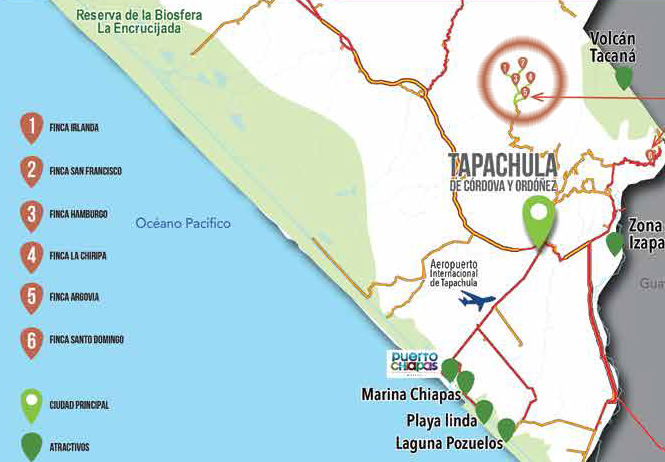
To head out on this day trip leave early from marina Chiapas with Miguel Angel of Discovery Tours+52 962 133 6820 toursdiscoverchiapas@hotmail.com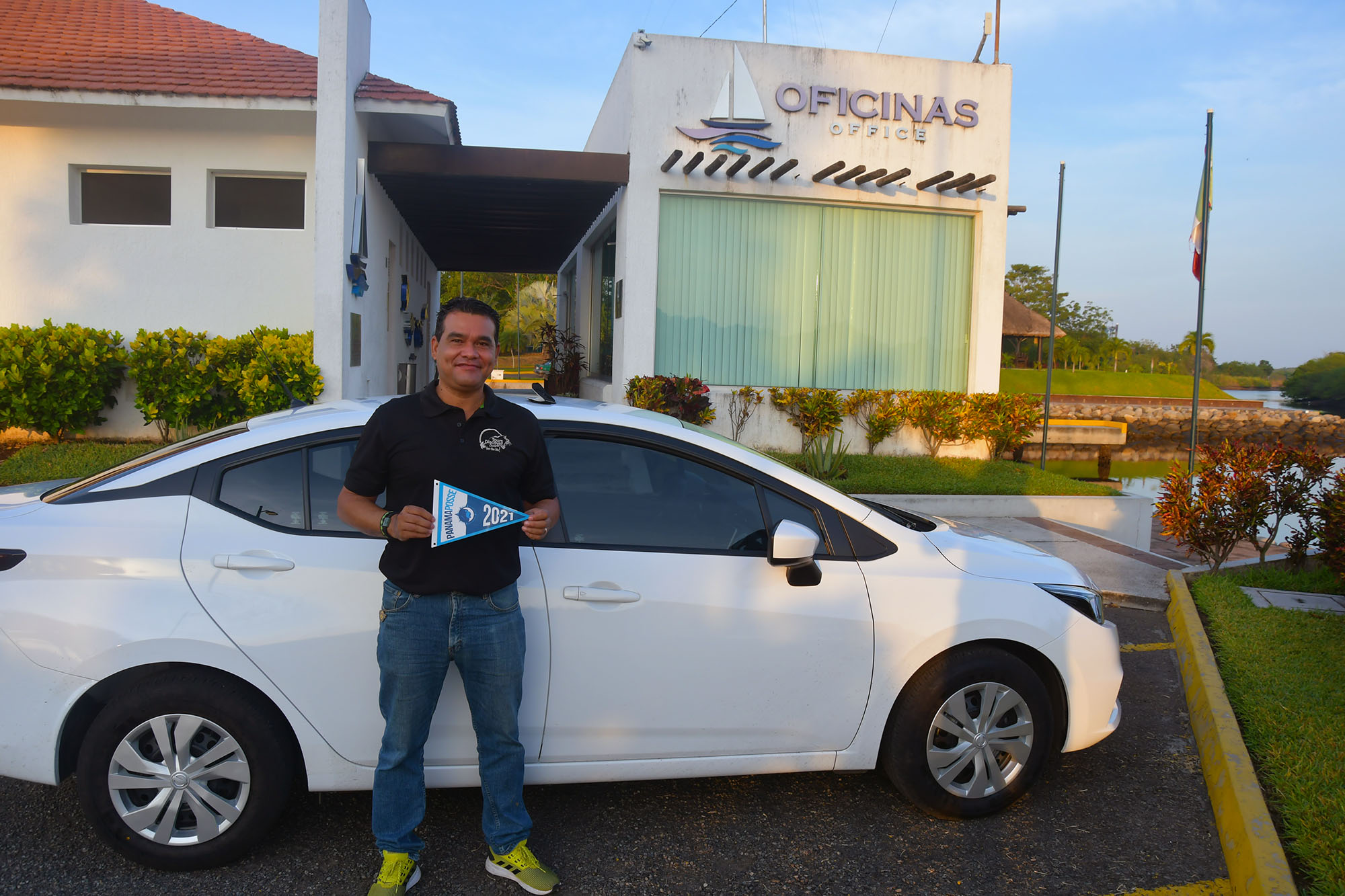
The coffee production in Mexico is the world’s 8th largest and is mainly concentrated to the south central to southern regions of the country. The coffee is mainly Arabica, and lately Robusta which grows particularly well in the coastal region of Soconusco, Chiapas, near the border of Guatemala.
At the end of the 18th century, coffee came to Mexico from the Antilles, but was not exported in great quantities until the 1870s. During the 1980s, coffee became the country’s most valuable export crop. Today Mexico is the largest source of U.S. coffee imports.
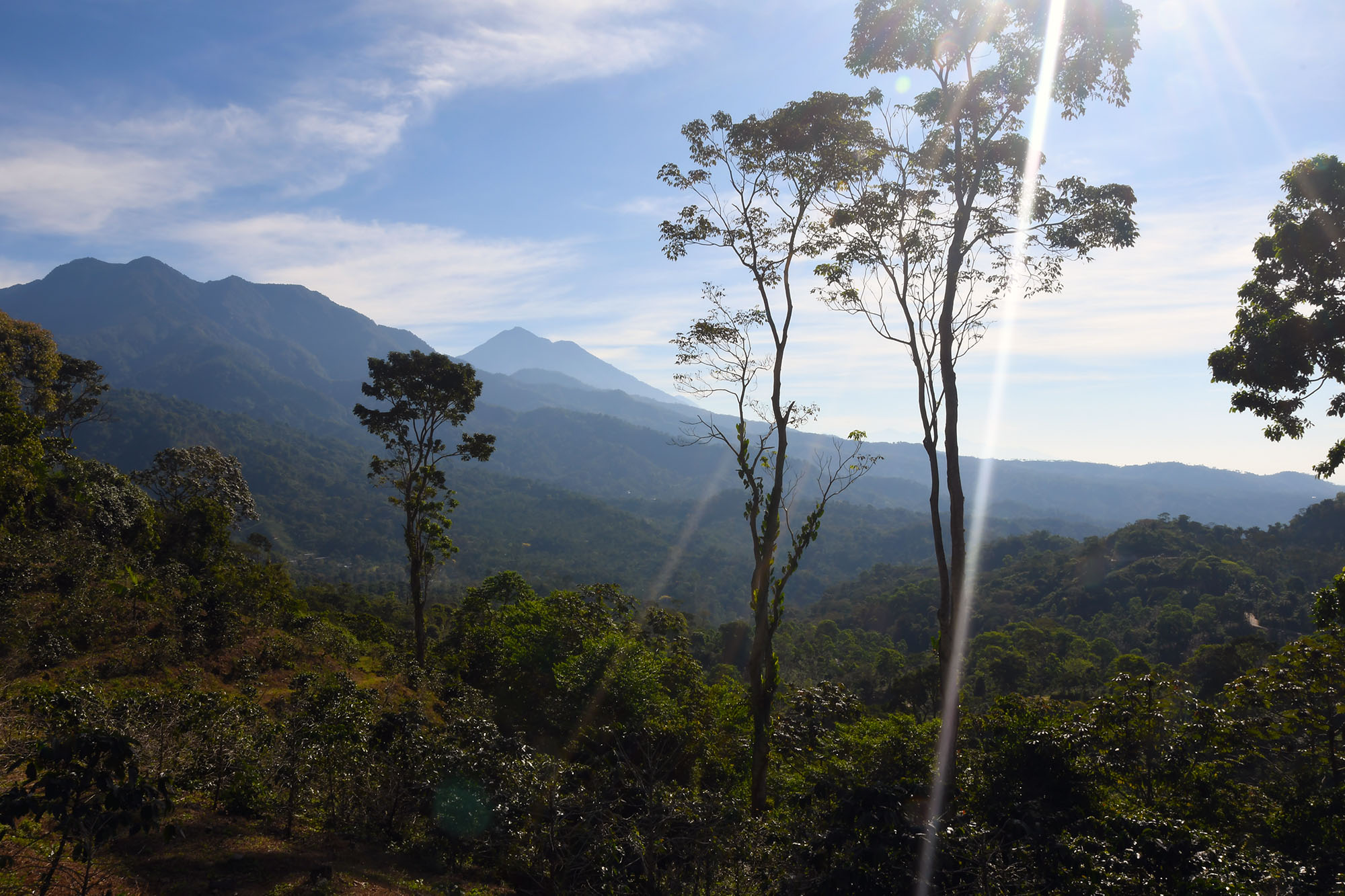
The Highlands
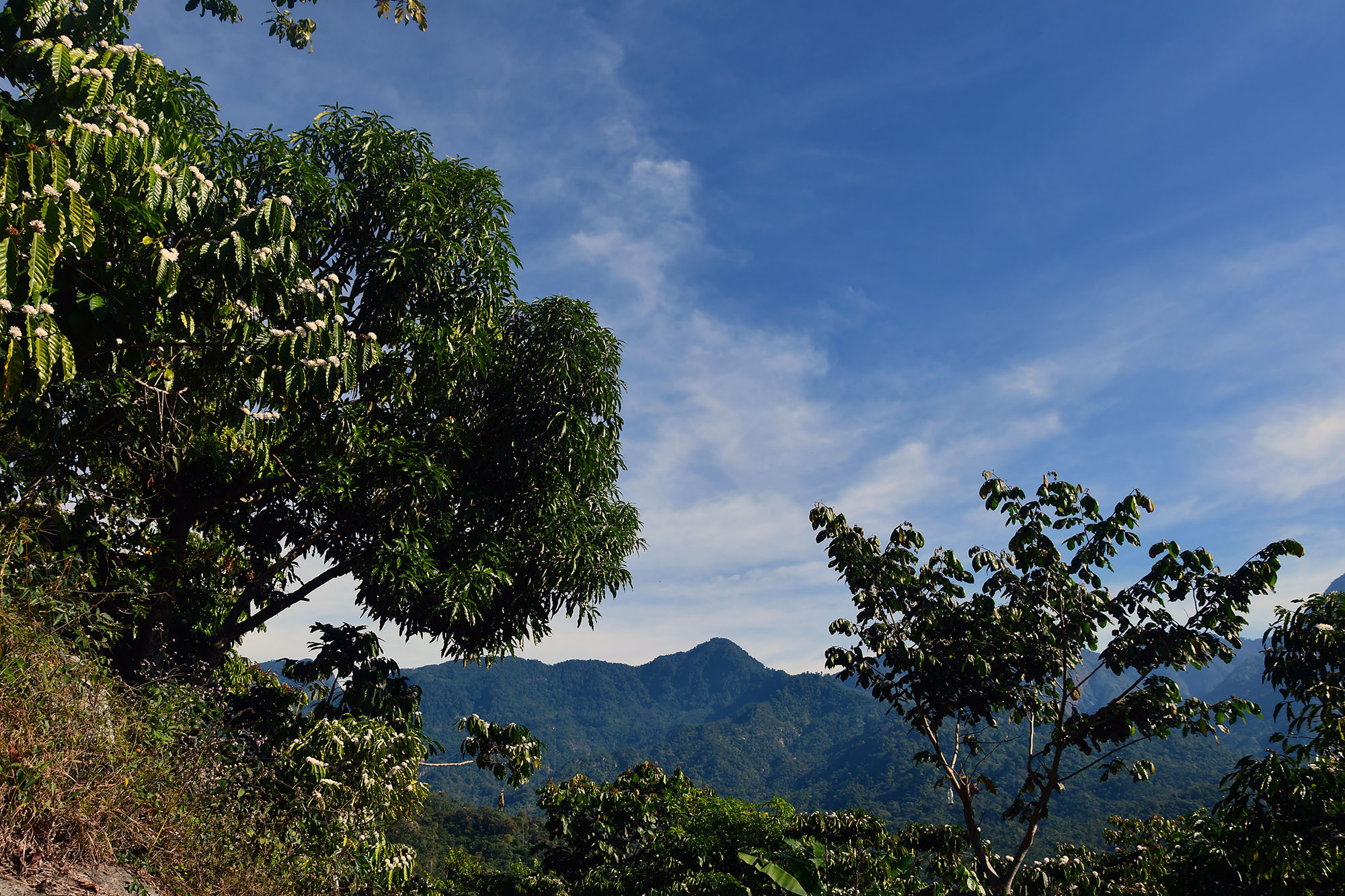

Once a coffee plant is mature, it will produce flowers; this normally happens shortly after heavy rainfall. And then, after the flowers, comes the cherries.

Traditional coffee drying in the HIGHLANDS
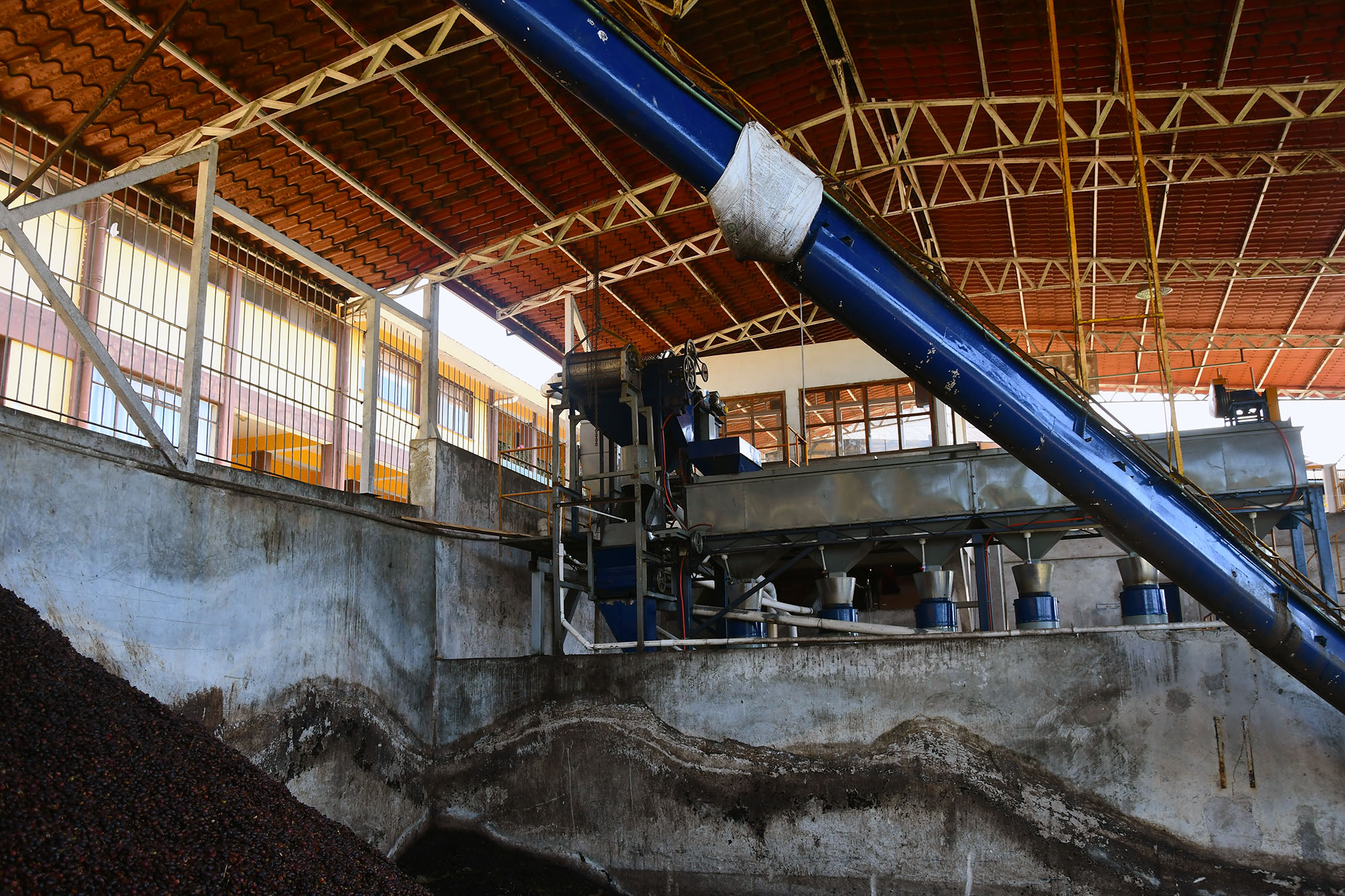
Selectively picked
Only the ripe cherries are harvested and they are picked individually by hand. Pickers rotate among the trees every eight to ten days, choosing only the cherries which are at the peak of ripeness. It usually takes two to four years after planting for a coffee plant to produce coffee beans that are ripe enough to harvest. The plant eventually grows small white blossoms that drop and are replaced by green berries. These green berries will become a deep red color as they ripen. It takes about 9 months for the green cherries to reach their deepest red color. Because this kind of harvest is labor-intensive, and thus more costly, it is used primarily to harvest the finer arabica beans.
Workers sorting and pulping coffee beans in Guatemala
The laborers who pick coffee by hand receive payment by the basketful. As of 2003, payment per basket is between US$1.00 to $10 with the overwhelming majority of the laborers receiving payment at the lower end. An experienced coffee picker can collect up to six or seven baskets a day. Depending on the grower, coffee pickers are sometimes specifically instructed to not pick green coffee berries since the seeds in the berries are not fully formed or mature. This discernment typically only occurs with growers who harvest for higher end/specialty coffee where the pickers are paid better for their labor. Lots including unripe coffee fruit are often used to produce cheaper mass consumer coffee beans, which are characterized by a displeasingly bitter/astringent flavor and a sharp odor. Red berries, with their higher aromatic oil and lower organic acid content, are more fragrant, smooth, and mellow. As such, coffee picking is one of the most important stages in coffee production.
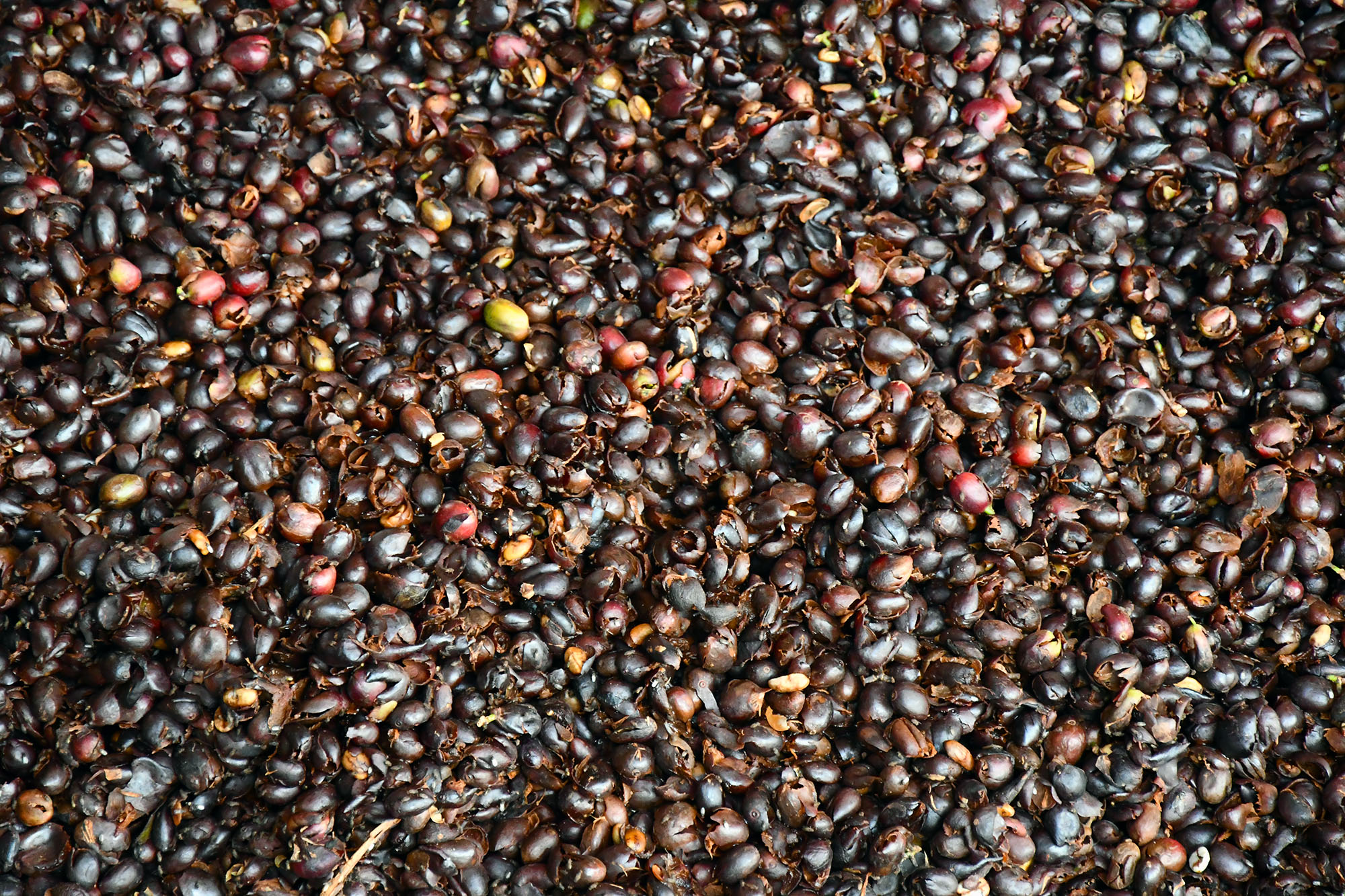
FINCA HAMBURGO >>
The sun rises over the Chiapas mountains and the jungle around the Tacaná volcano awake. The area of the Soconusco heights was totally wild, unknown and without having been explored before by man. There are no pyramids or ruins of ancient civilizations. 1,151km away, the world was very different and contrasting. President Porfirio Díaz was in the National Palace of Mexico City working on major structural reforms for the country, with the aim of developing and innovating the country’s economy. Díaz had a vision of a prosperous Mexico and was not satisfied with the way companies of that time performed. For this reason, he decided to invite entrepreneurs from then first world economies which he aspired for Mexico to advance. These invitations were sent mainly through embassies and churches, which were answered by Italians, French, English and Germans, to name a few.
One cold January morning, Arthur Erich Edelmann, his wife Doris, and seven other colleagues set sail from Hamburg, Germany, all from Perleberg, a small town an hour and a half from Berlin. Erich had a coffee machinery factory in his hometown, owned by his family, which was facing financial problems at the time it received the invitation from the Mexican government. What did you feel when you read that letter? What would you have thought to take a risk, abandon your business, your city, your people, your country, your language to start from scratch in a place so far away, so different in culture, language, nature and climate? A place that seemed like a different world. That is a story that we do not know and perhaps we never will.
Erich traveled for three weeks across the Atlantic until he arrived at the Port of Veracruz, where he took a horse-driven cart with his people to go to Soconusco, Chiapas. To the wild and untouched lands that he and his family would call home.
Before arriving in Mexico, we suppose that Erich had to have read all the information available about Chiapas, about Mexico and specialized in its culture, its people, language, nature, its history. However, there was nothing that could have prepared him for the intensity of his new life.
Erich, Doris and their people arrived in Huixtla, a small village with some houses built in adobe and palm trees, inhabited by friendly indigenous families who gave them the mules and human capital necessary to reach their final destination. From there, it took them another 8 hours to be able to transport along the newly created dirt roads, which looked like tunnels through the dense jungle. On their way they could observe the Tacaná, a volcano whose eruptions transformed the land around it into a fertile paradise.
With the help of workers from San Cristóbal, San Juan Chamula and Guatemala, Erich and his team of architects and engineers began to harmonize the land, build the first houses for the workers, the mill, roads. Erich and Doris lived for 11 years in one of these simple houses, couldn’t afford a bigger house, not yet. The priority was to prepare the land, build all the necessary infrastructure to work, keep people working, provide money and work, houses and food. The priority was its people, the priority was coffee.
They put a lot of work into investing in this long-term project, so far from home, a lot of determination and hope, a great risk and a gamble. All that work, all those years, until finally: the first harvest and the start of Finca Hamburgo.
- RESERVATIONS
Ulises Hidalgo962 153 2916962 153 2916OFFICE
Monday to Friday: 9 am – 2.30 pm and 6 pm – 9 pm.
Saturday: 9 – 13 hrs.
962 625 1812962 626 7578sales@fincahamburgo.com
SALE OF GREEN COFFEE
Tomas Bruno Edelmann
tbruno@fincahamburgo.comLisa Edelmann
lisaedelmann@fincahamburgo.com962 234 5076
FINCA Argovia >>
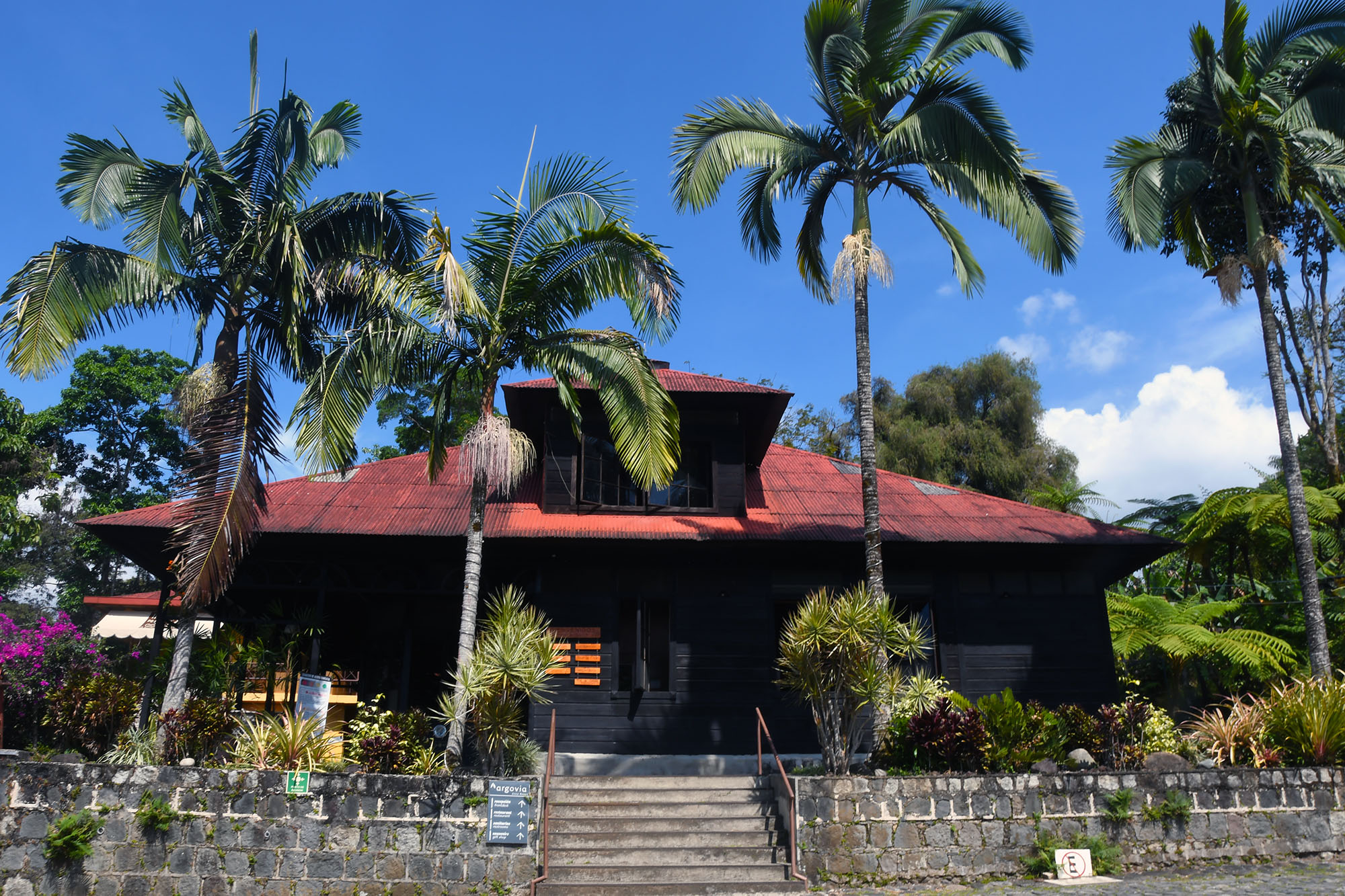
This exemplary coffee Resort Located in the Sierra Madre of Chiapas with More than 130 years of history and culminates as a cultural and extremly worthwile experience
Argovia is a partner and initiator of the Coffee route in Chiapas, with cabins, outdoor pool, Spa, Restaurant, bar, Event areas and tours.
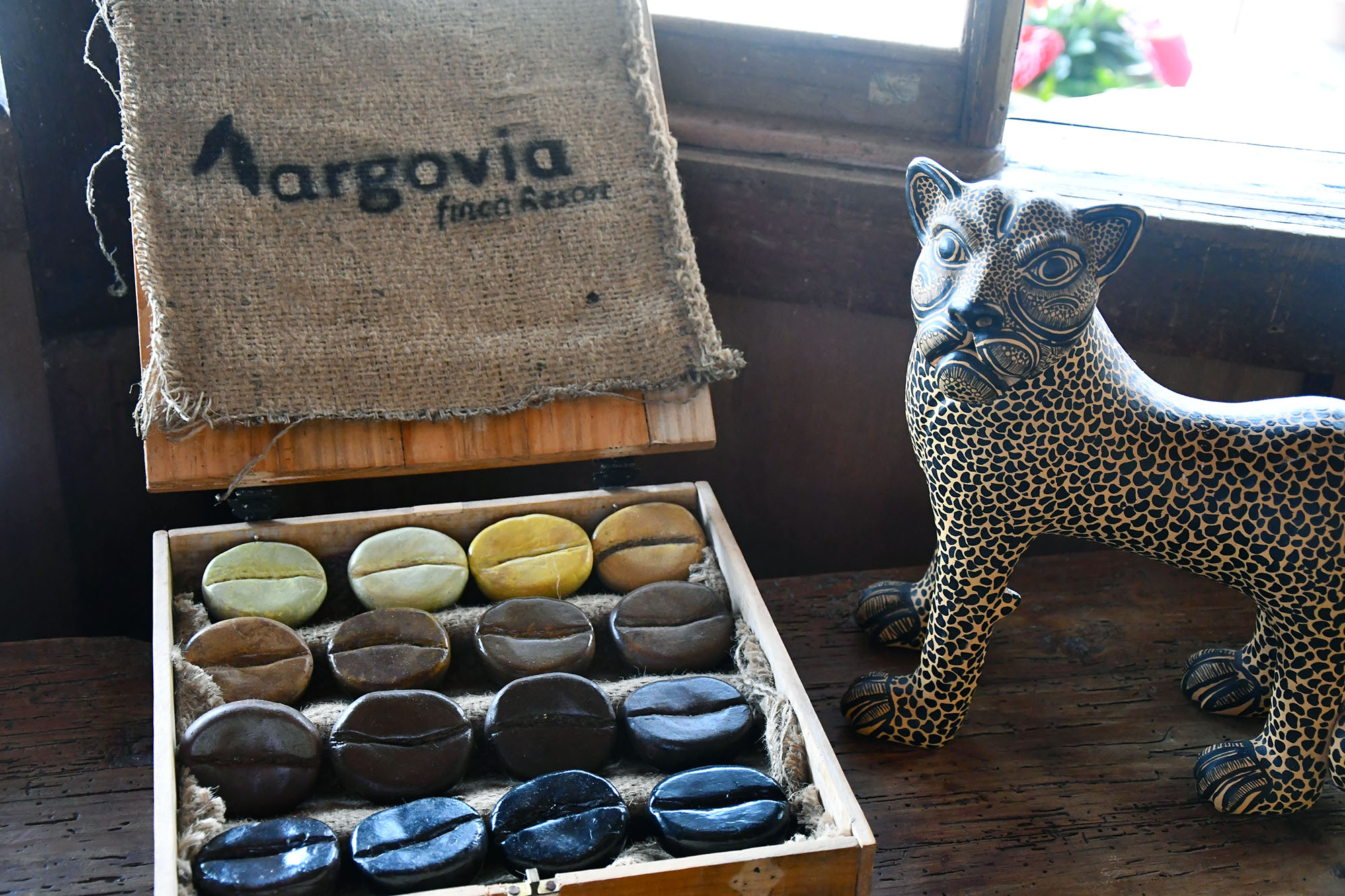
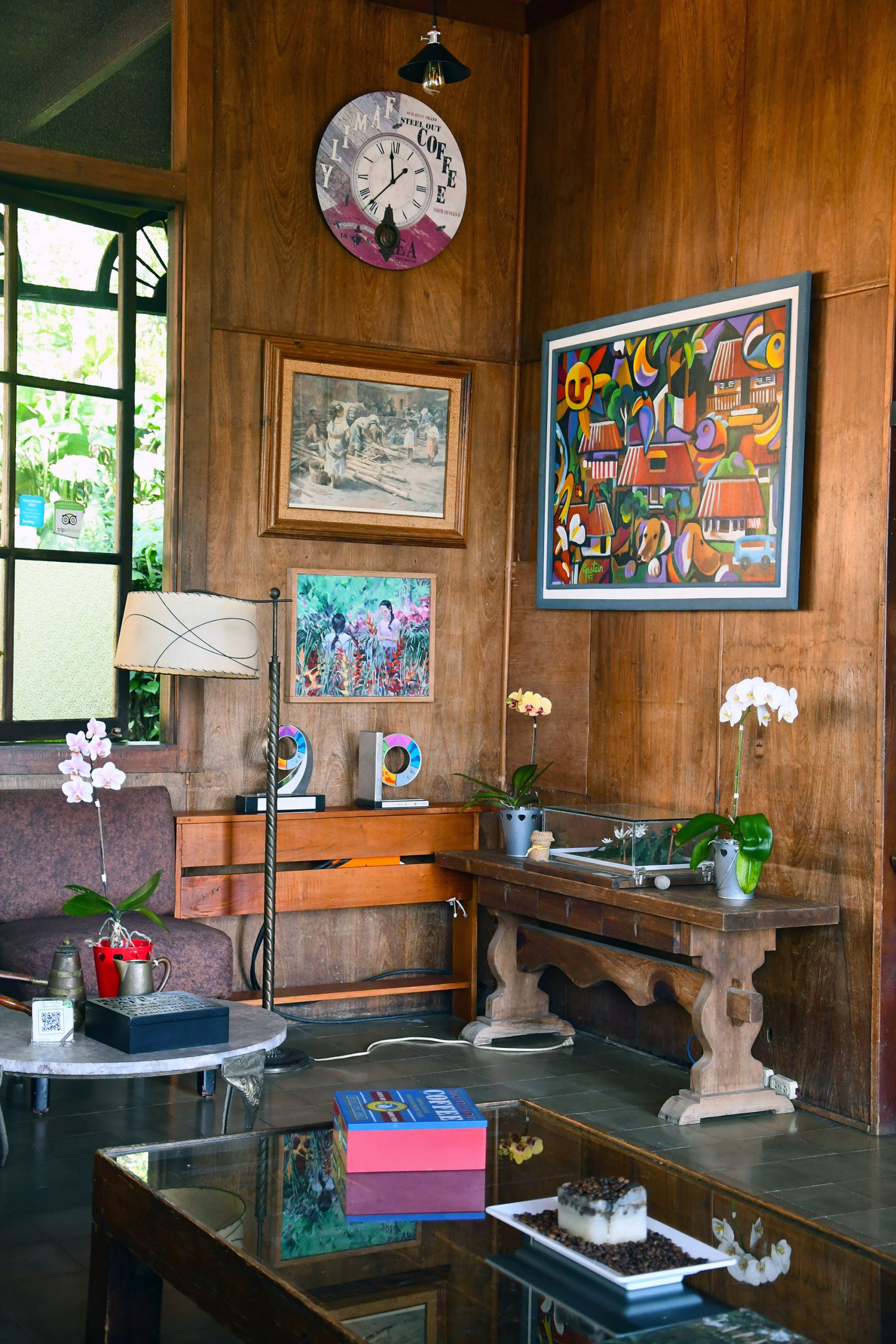

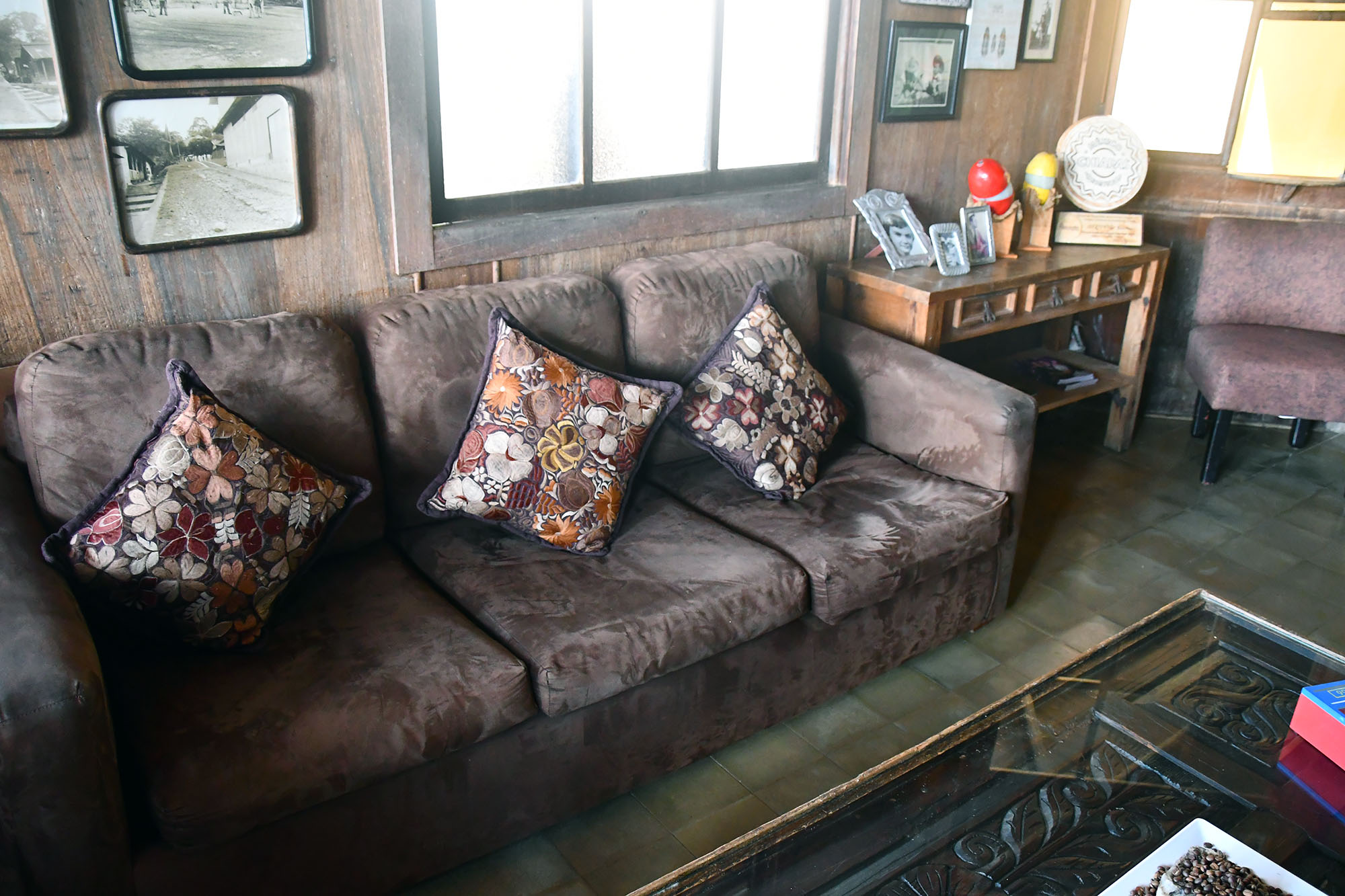
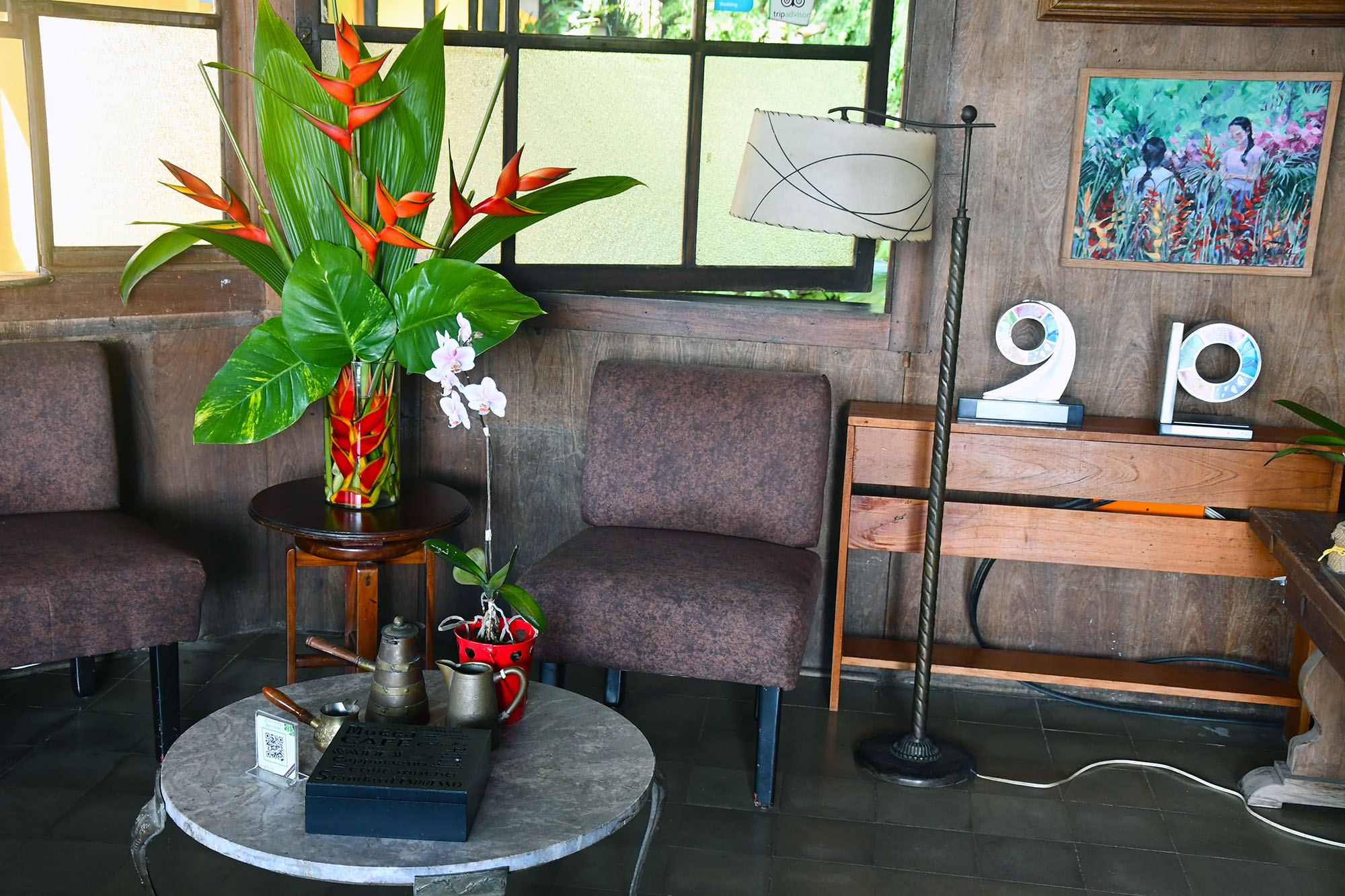
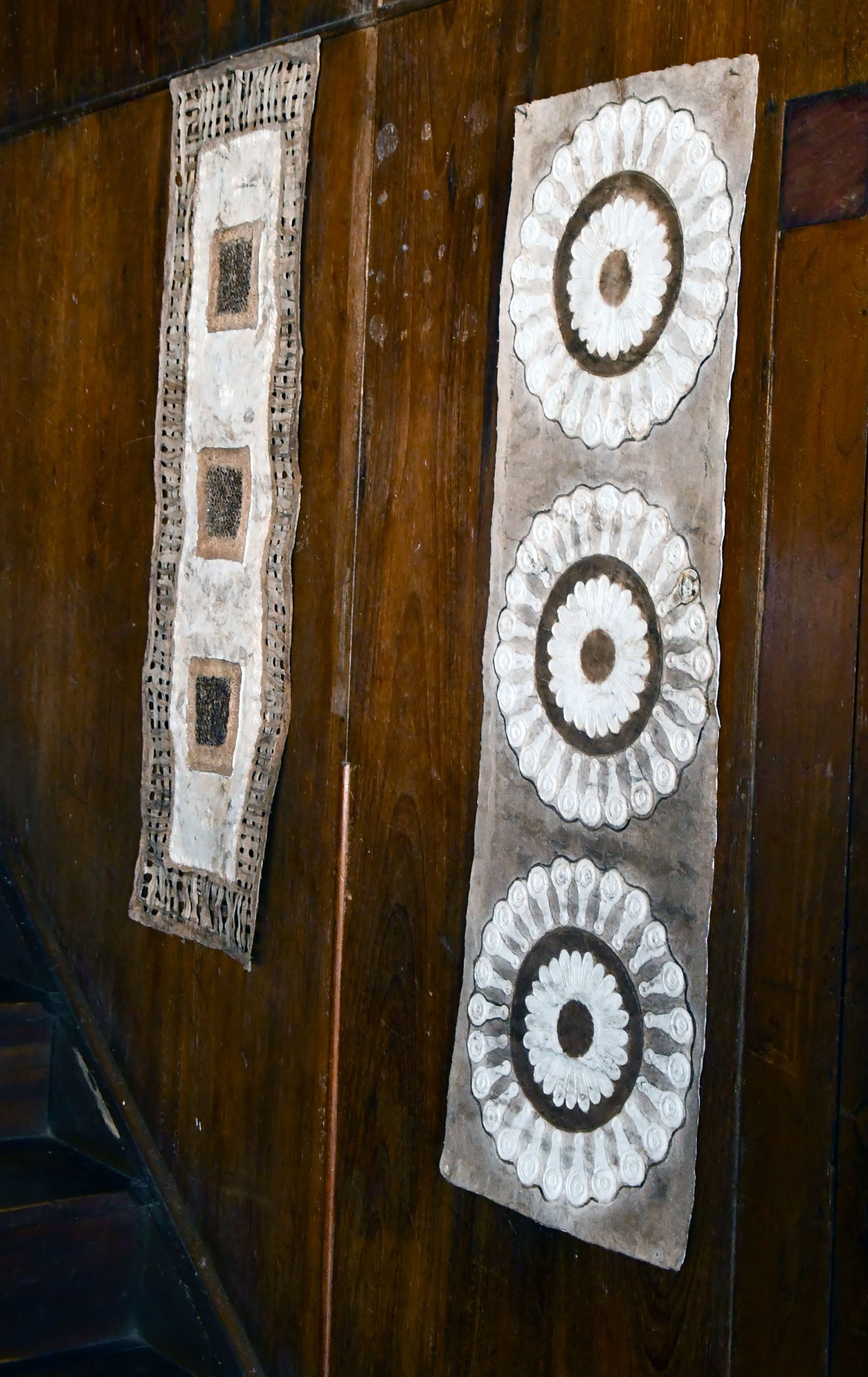
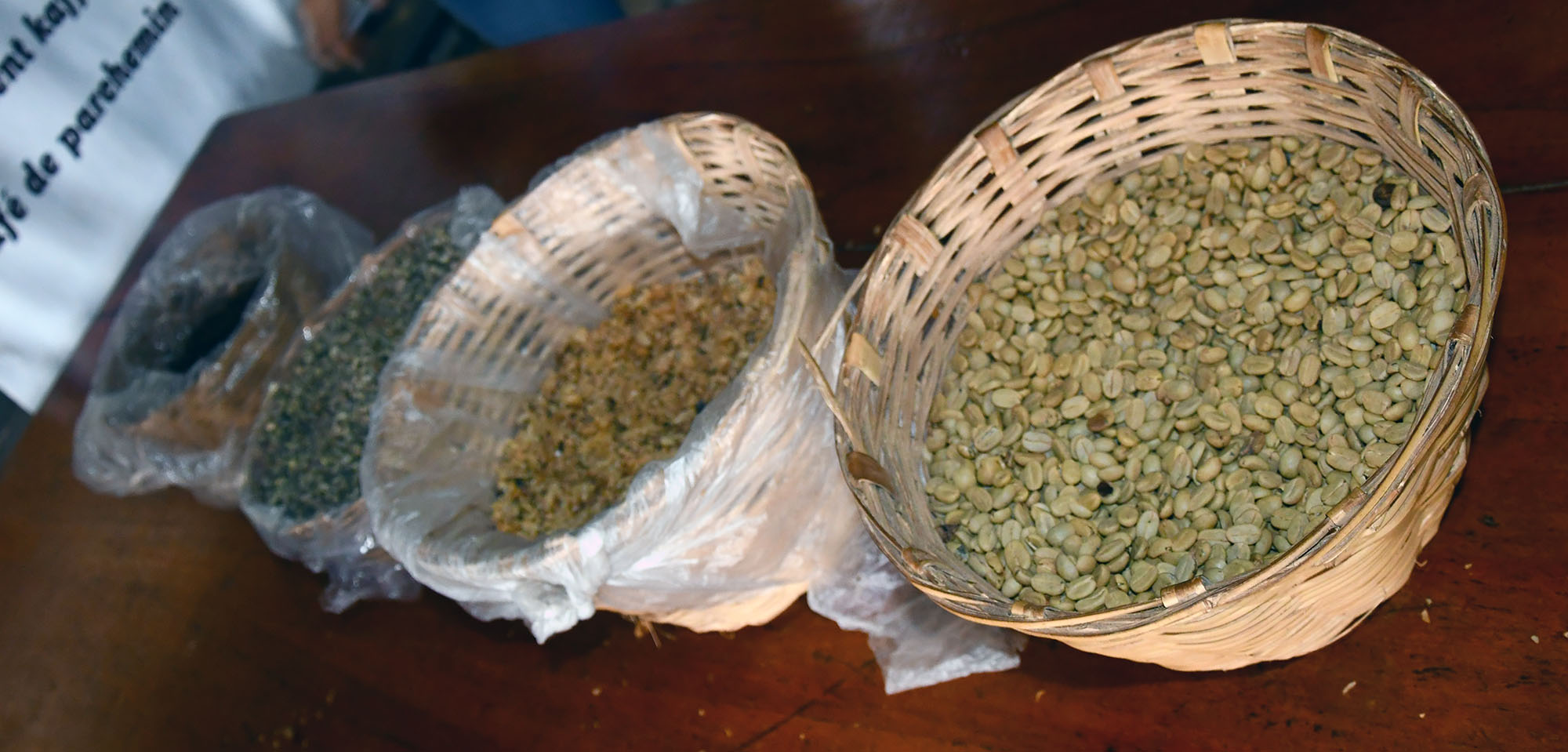
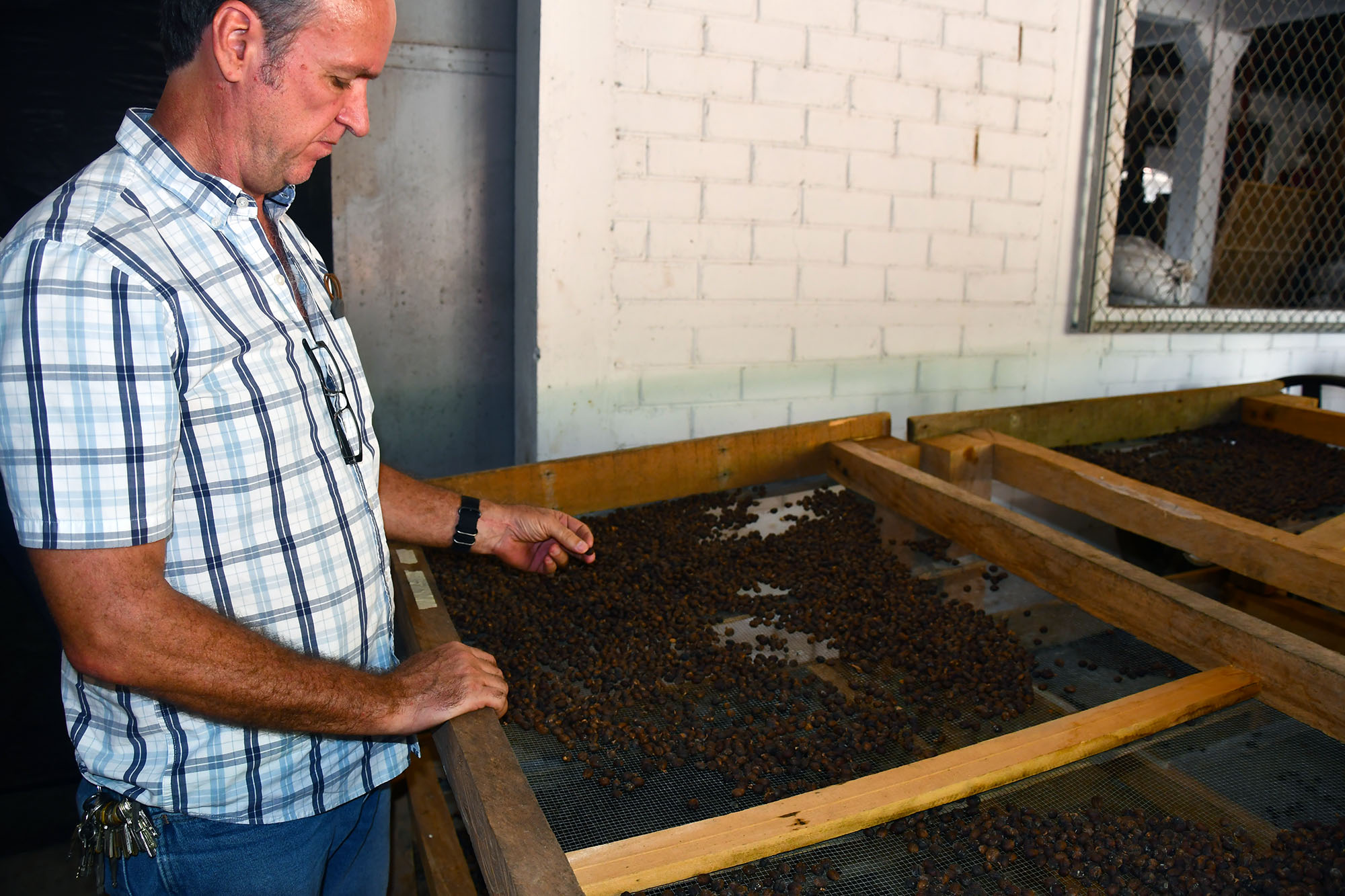
Grading is the process of categorizing coffee beans by various criteria such as size of the bean, where and at what altitude it was grown, how it was prepared and picked, and how good it tastes (cup quality). Coffees also may be graded by the number of imperfections (broken, under-ripe, or otherwise defective beans; pebbles; sticks; etc.) per sample. For the finest coffees, origin of the beans (farm or estate, region, cooperative) is especially important. Growers of premium estate or cooperative coffees may impose a level of quality control that goes well beyond conventionally defined grading criteria, as this allows their coffee to command the higher price that goes with recognition of consistent quality.
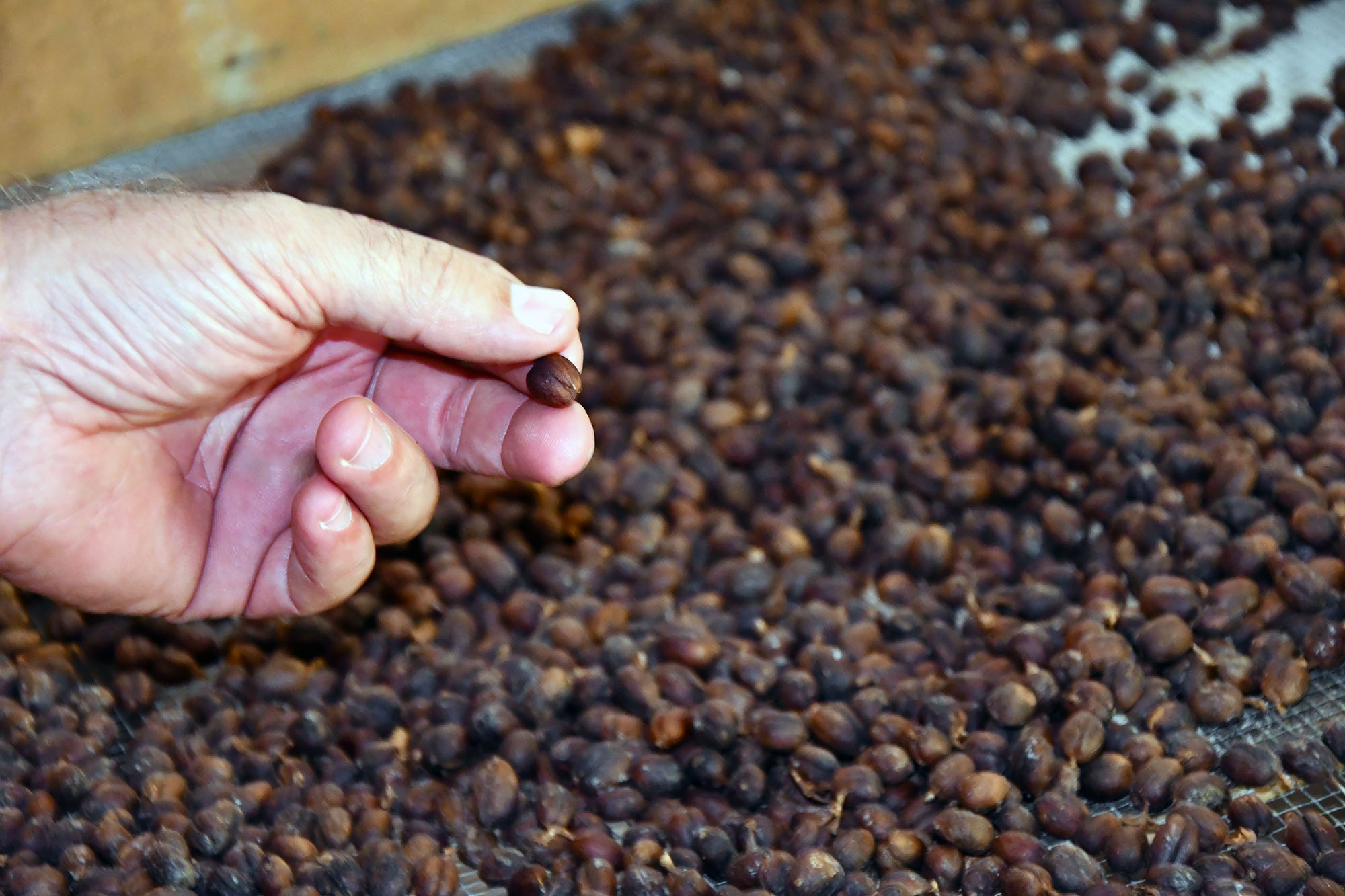
Wet process
In the ‘Wet process’, the fruit covering the seeds/beans is removed before they are dried. Coffee processed by the wet method is called wet processed or washed coffee. The wet method requires the use of specific equipment and substantial quantities of water.
The coffee cherries are sorted by immersion in water. Bad or unripe fruit will float and the good ripe fruit will sink. The skin of the cherry and some of the pulp is removed by pressing the fruit by machine in water through a screen. The bean will still have a significant amount of the pulp clinging to it that needs to be removed. This is done either by the classic ferment-and-wash method or a newer procedure variously called machine-assisted wet processing, aquapulping or mechanical demucilaging:
Sorting coffee in water
In the ferment-and-wash method of wet processing, the remainder of the pulp is removed by breaking down the cellulose by fermenting the beans with microbes and then washing them with large amounts of water. Fermentation can be done with extra water or, in “Dry Fermentation”, in the fruit’s own juices only.
The fermentation process has to be carefully monitored to ensure that the coffee doesn’t acquire undesirable, sour flavors. For most coffees, mucilage removal through fermentation takes between 8 and 36 hours, depending on the temperature, thickness of the mucilage layer, and concentration of the enzymes. The end of the fermentation is assessed by feel, as the parchment surrounding the beans loses its slimy texture and acquires a rougher “pebbly” feel. When the fermentation is complete, the coffee is thoroughly washed with clean water in tanks or in special washing machines.
In machine-assisted wet processing, fermentation is not used to separate the bean from the remainder of the pulp; rather, this is done through mechanical scrubbing. This process can cut down on water use and pollution since ferment and wash water stinks. In addition, removing mucilage by machine is easier and more predictable than removing it by fermenting and washing. However, by eliminating the fermentation step and prematurely separating fruit and bean, mechanical demucilaging can remove an important tool that mill operators have of influencing coffee flavor. Furthermore, the ecological criticism of the ferment-and-wash method increasingly has become moot, since a combination of low-water equipment plus settling tanks allows conscientious mill operators to carry out fermentation with limited pollution.[5] The downside in using a machine assisted process or “semi-wash” is a high chance of the beans being chipped or damaged. The damaged beans are more prominent on lower altitude grown beans and certain varietals with pourous features.
Any wet processing of coffee produces coffee wastewater which can be a pollutant. Ecologically sensitive farms reprocess the wastewater along with the shell and mucilage as compost to be used in soil fertilization programs. The amount of water used in processing can vary, but most often is used in a 1 to 1 ratio.
After the pulp has been removed what is left is the bean surrounded by two additional layers, the silver skin and the parchment. The beans must be dried to a water content of about 10% before they are stable. Coffee beans can be dried in the sun or by machine but in most cases it is dried in the sun to 12-13% moisture and brought down to 10% by machine. Drying entirely by machine is normally only done where space is at a premium or the humidity is too high for the beans to dry before mildewing.
When dried in the sun coffee is most often spread out in rows on large patios where it needs to be raked every six hours to promote even drying and prevent the growth of mildew. Some coffee is dried on large raised tables where the coffee is turned by hand. Drying coffee this way has the advantage of allowing air to circulate better around the beans promoting more even drying but increases cost and labor significantly.
After the drying process the parchment skin or pergamino is thoroughly dry and crumbly, and easily removed in the hulling process. Coffee occasionally is sold and shipped in parchment or en pergamino, but most often a machine called a huller is used to crunch off the parchment skin before the beans are shipped
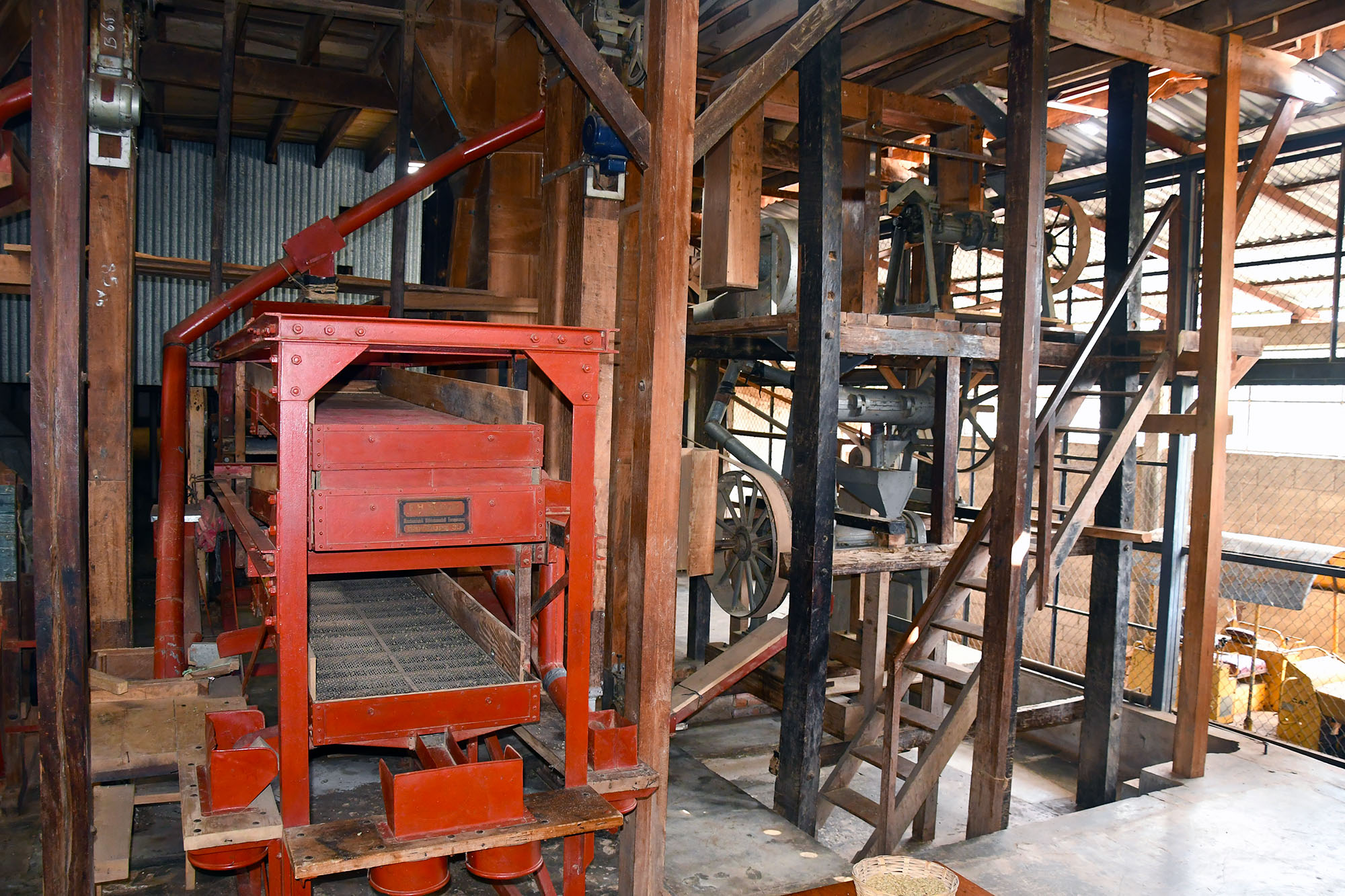
The final steps in coffee processing involve removing the last layers of dry skin and remaining fruit residue from the now-dry coffee, and cleaning and sorting it. These steps are often called dry milling to distinguish them from the steps that take place before drying, which collectively are called wet milling.
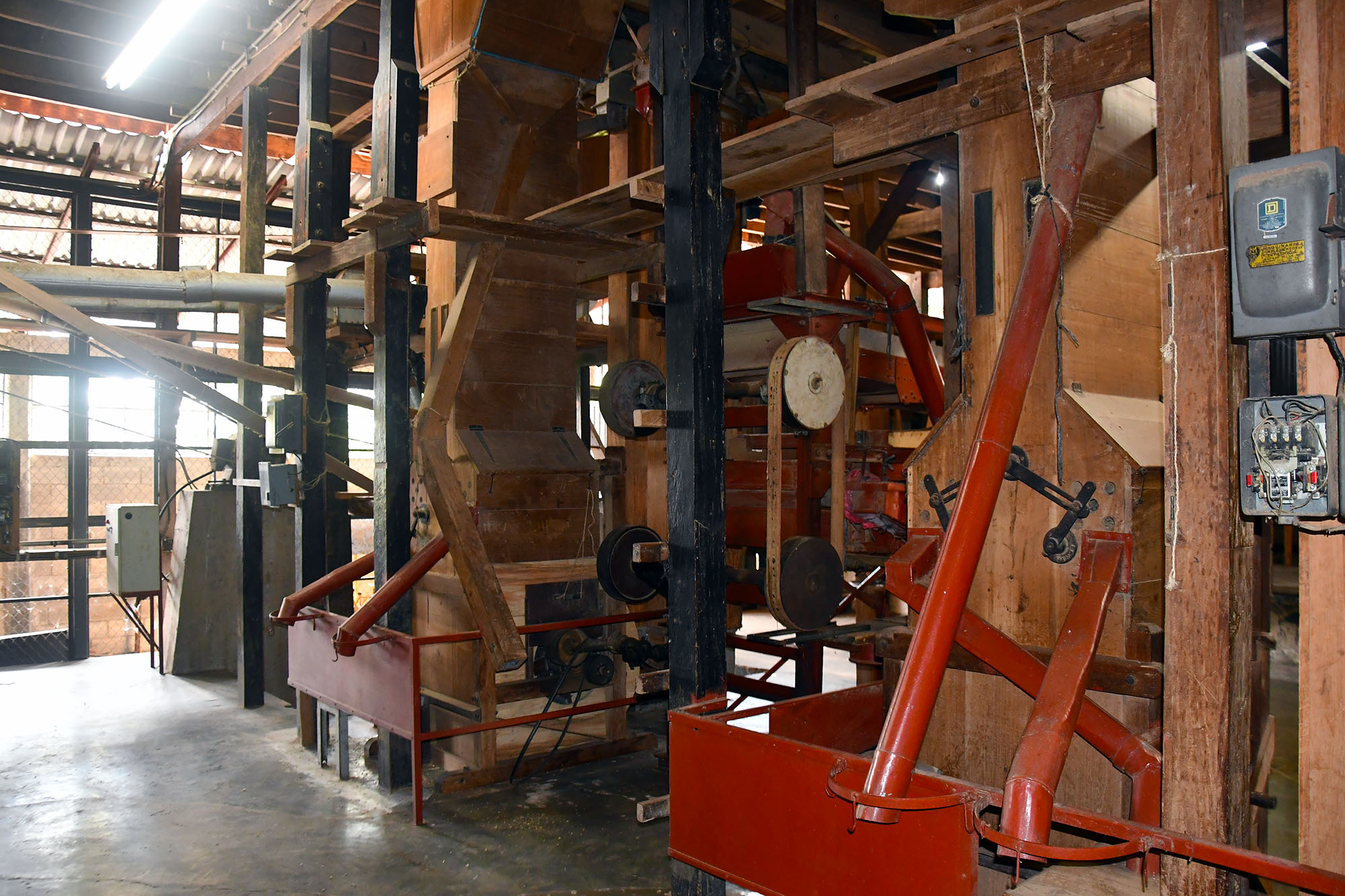
Most fine coffee goes through a battery of machines that sort the coffee by the density of bean and by bean size, all the while removing sticks, rocks, nails, and miscellaneous debris that may have become mixed with the coffee during drying. First machines blow the beans into the air; those that fall into bins closest to the air source are heaviest and biggest; the lightest (and likely defective) beans plus chaff are blown in the farthest bin. Other machines shake the beans through a series of sieves, sorting them by size. Finally, a machine called a gravity separator shakes the sized beans on a tilted table, so that the heaviest, densest and best vibrate to one side of the pulsating table, and the lightest to the other.
Ethiopian women sort coffee beans at a long table.
The final step in the cleaning and sorting procedure is called color sorting, or separating defective beans from sound beans on the basis of color rather than density or size. Color sorting is the trickiest and perhaps most important of all the steps in sorting and cleaning. With most high-quality coffees color sorting is done in the simplest possible way: by hand. Teams of workers pick discolored and other defective beans from the sound beans. The very best coffees may be hand-cleaned twice (double picked) or even three times (triple picked). Coffee that has been cleaned by hand is usually called European preparation; most specialty coffees have been cleaned and sorted in this way.[5]
Color sorting can also be done by machines. Streams of beans fall rapidly, one at a time, past sensors that are set according to parameters that identify defective beans by value (dark to light) or by color. A tiny, decisive puff of compressed air pops each defective bean out of the stream of sound beans the instant the machine detects an anomaly. However, these machines are currently not used widely in the coffee industry for two reasons. First, the capital investment to install these delicate machines and the technical support to maintain them is daunting. Second, sorting coffee by hand supplies much-needed work for the small rural communities that often cluster around coffee mills. Nevertheless, computerized color sorters are essential to coffee industries in regions with relatively high standards of living and high wage demands.
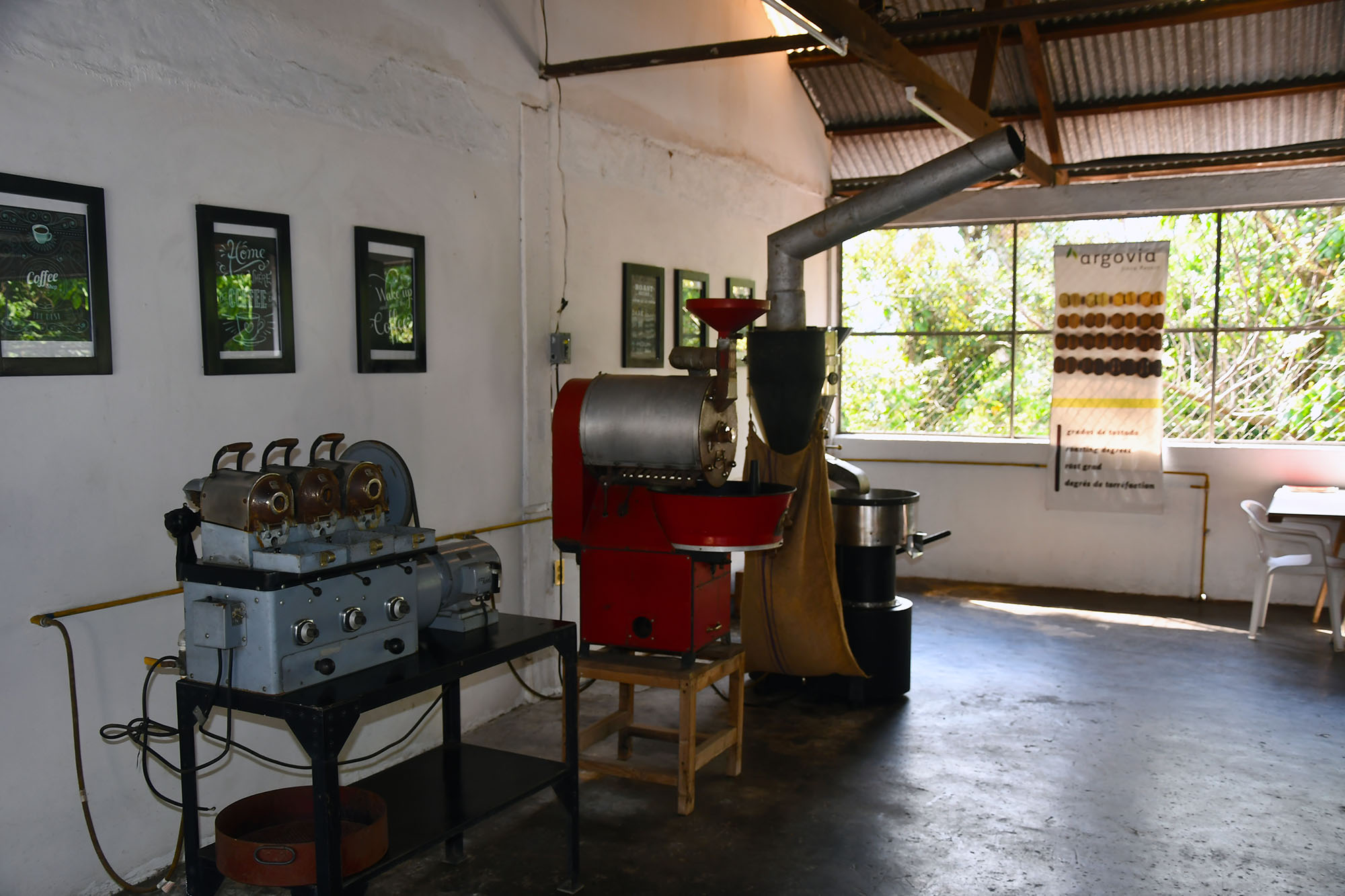
Although not considered part of the processing pipeline proper, nearly all coffee sold to consumers throughout the world is sold as roasted coffee in general one of four degrees of roasting: light, medium, medium-dark, and dark. Consumers can also elect to buy unroasted coffee to be roasted at home. Green coffee can also be used for the preparation of infusions or ingested as ground powder, but this is of limited relevance to the global coffee market.
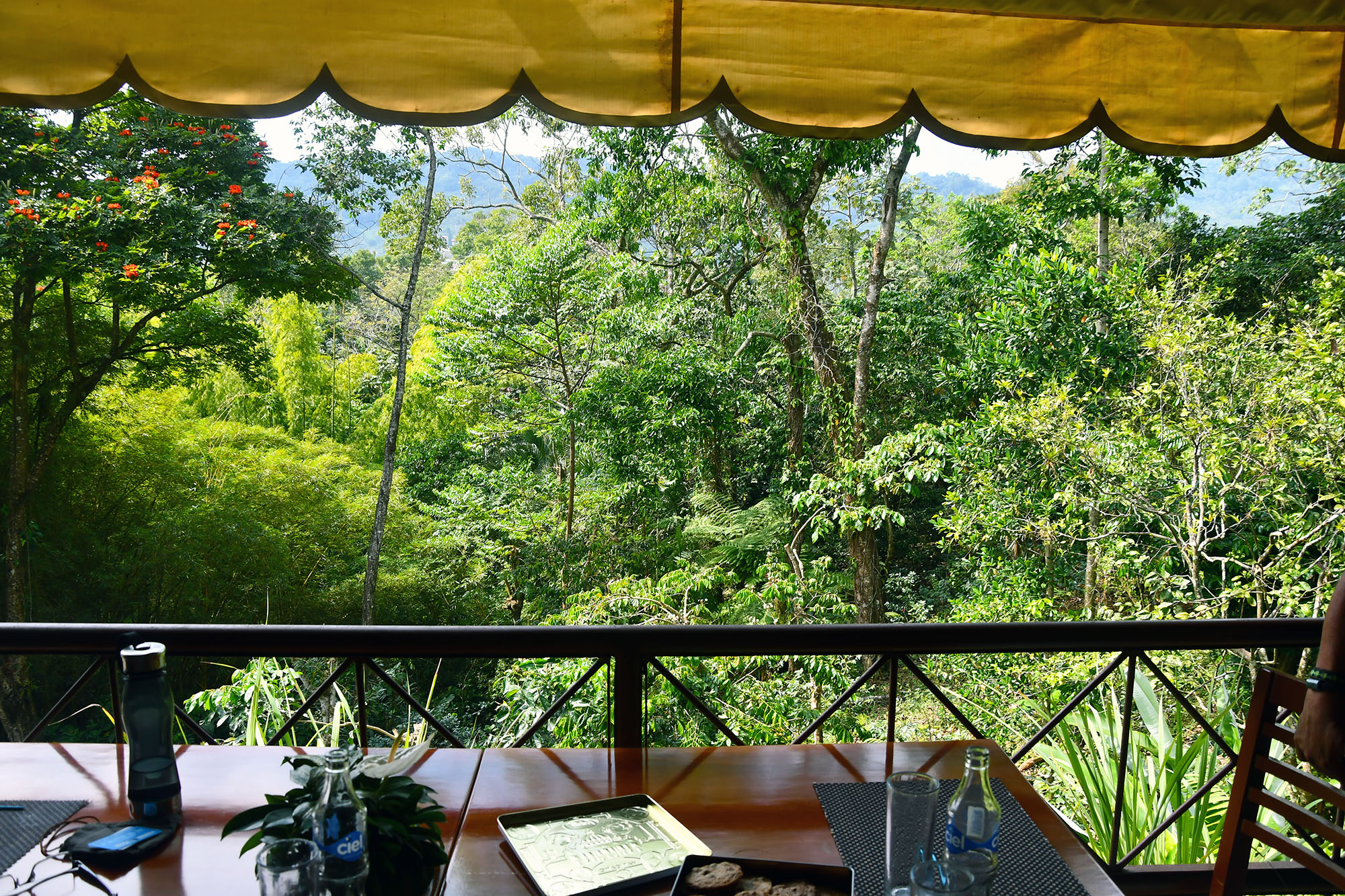
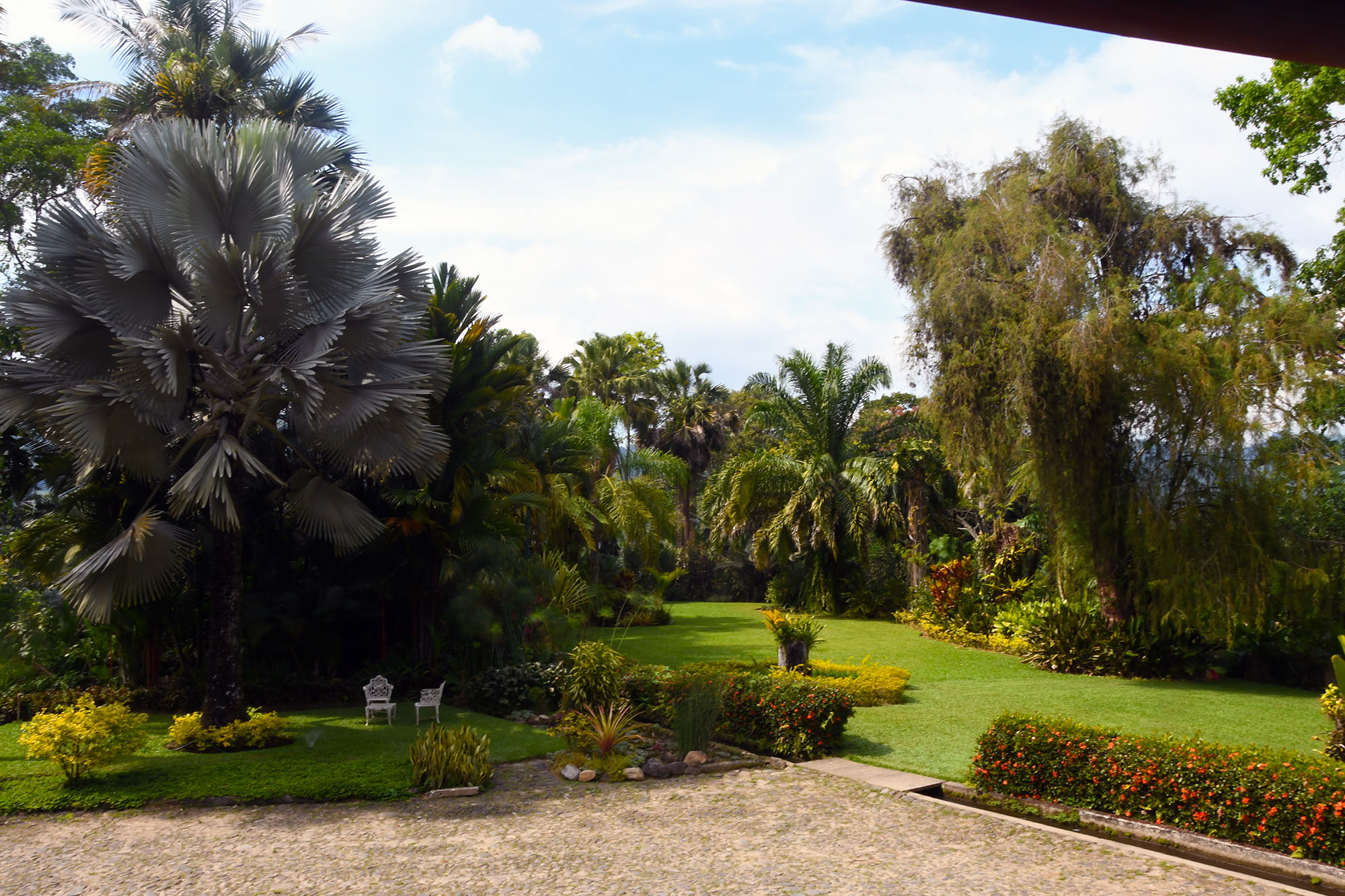

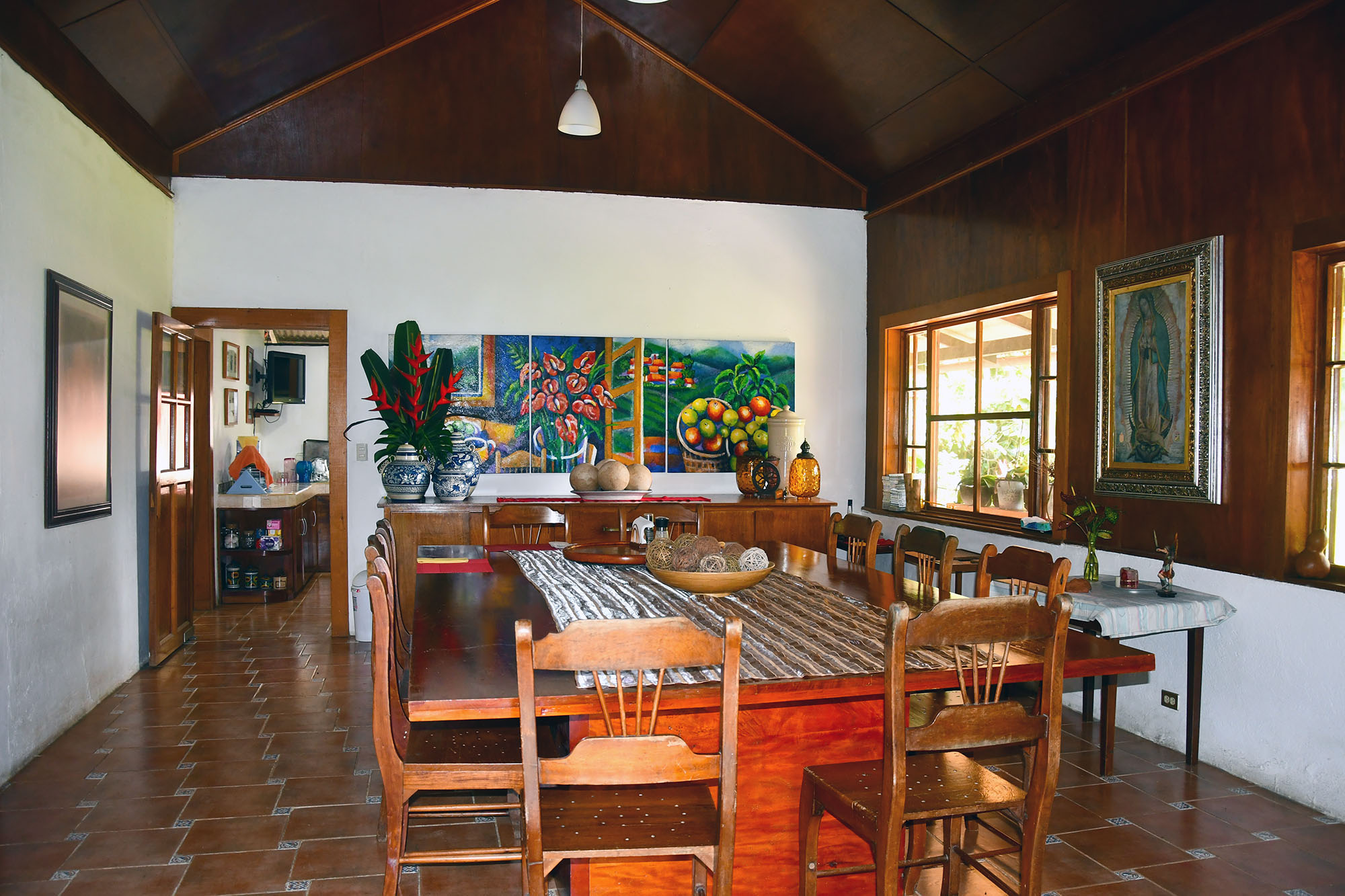
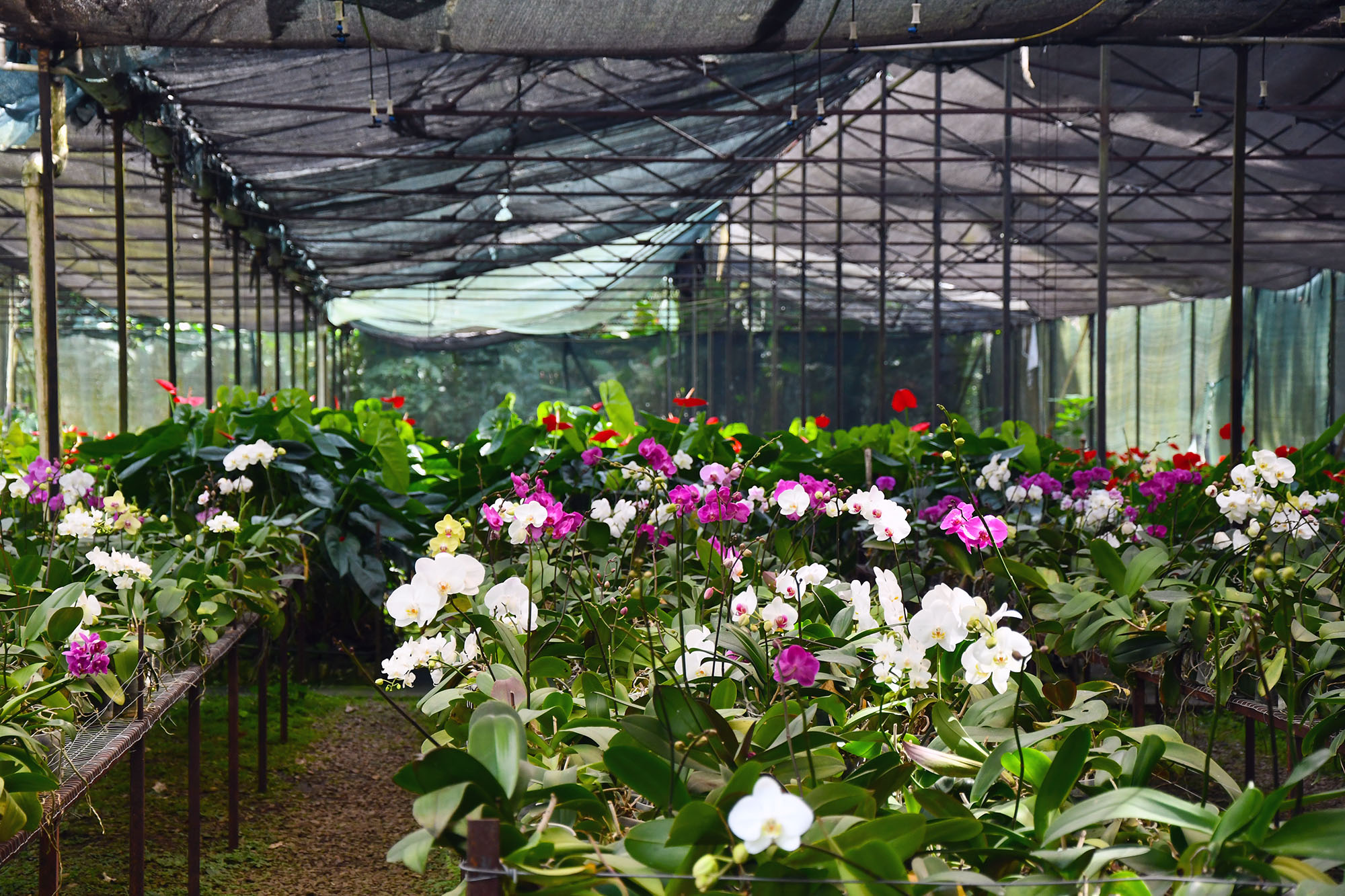
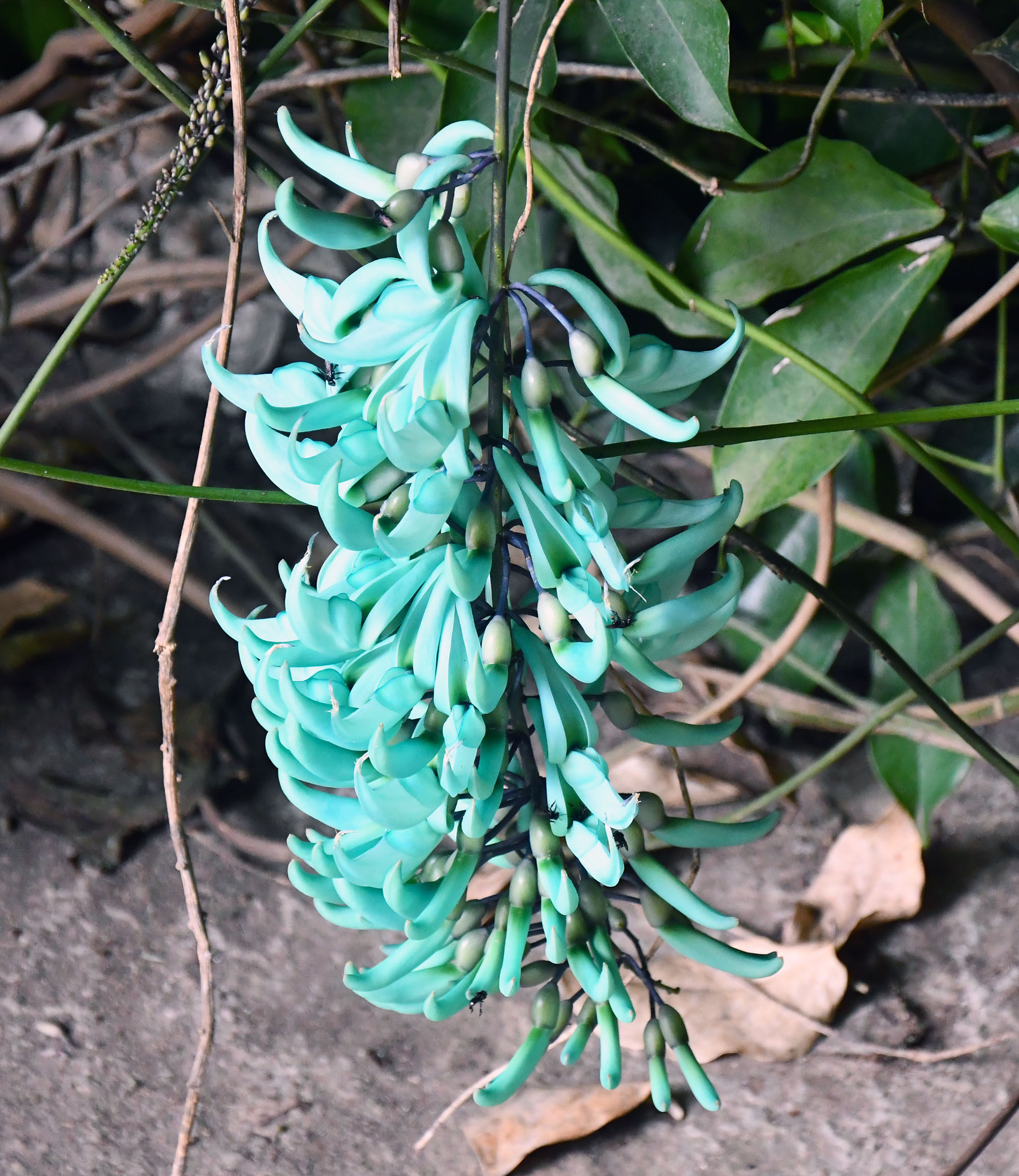
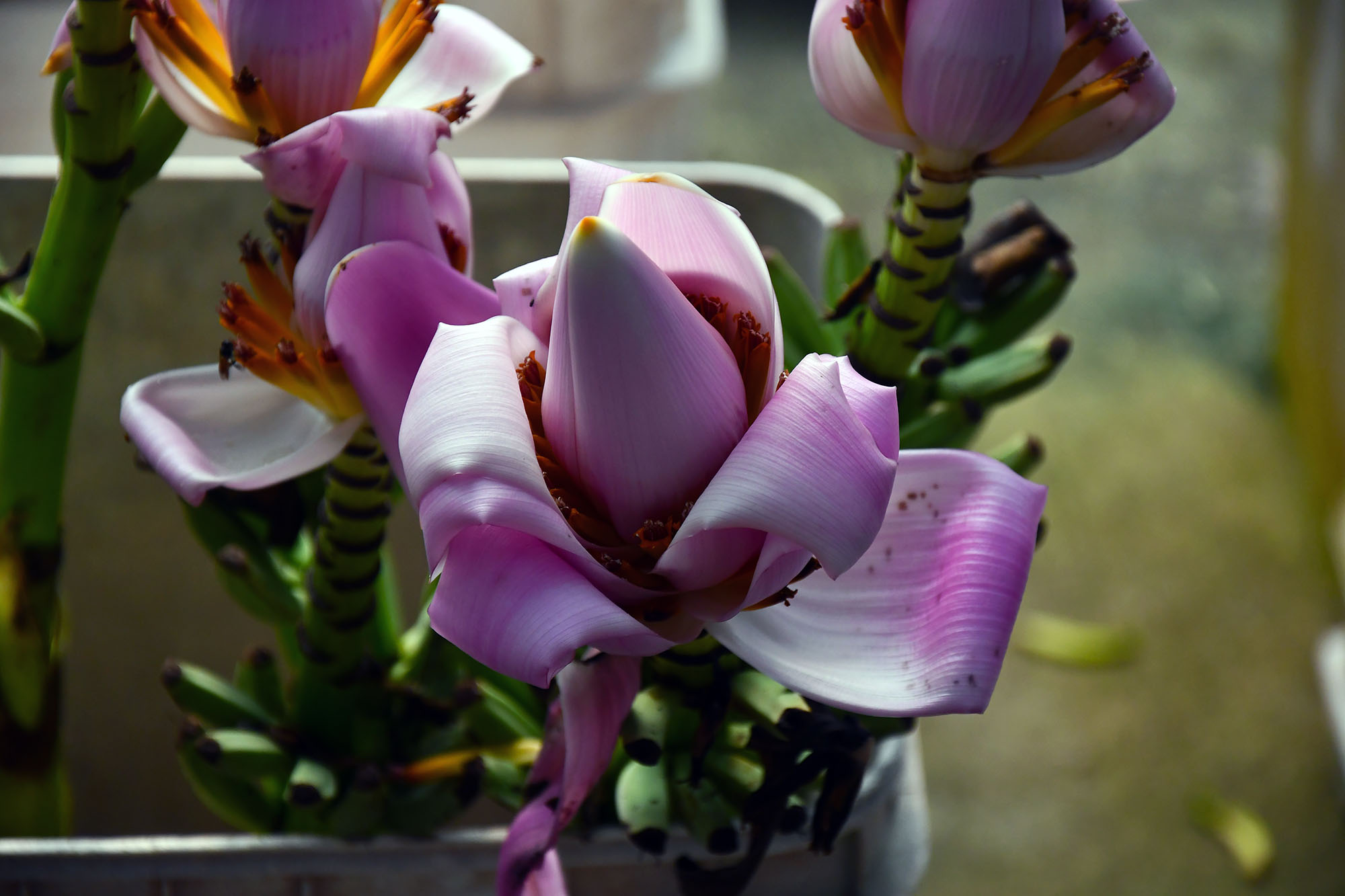
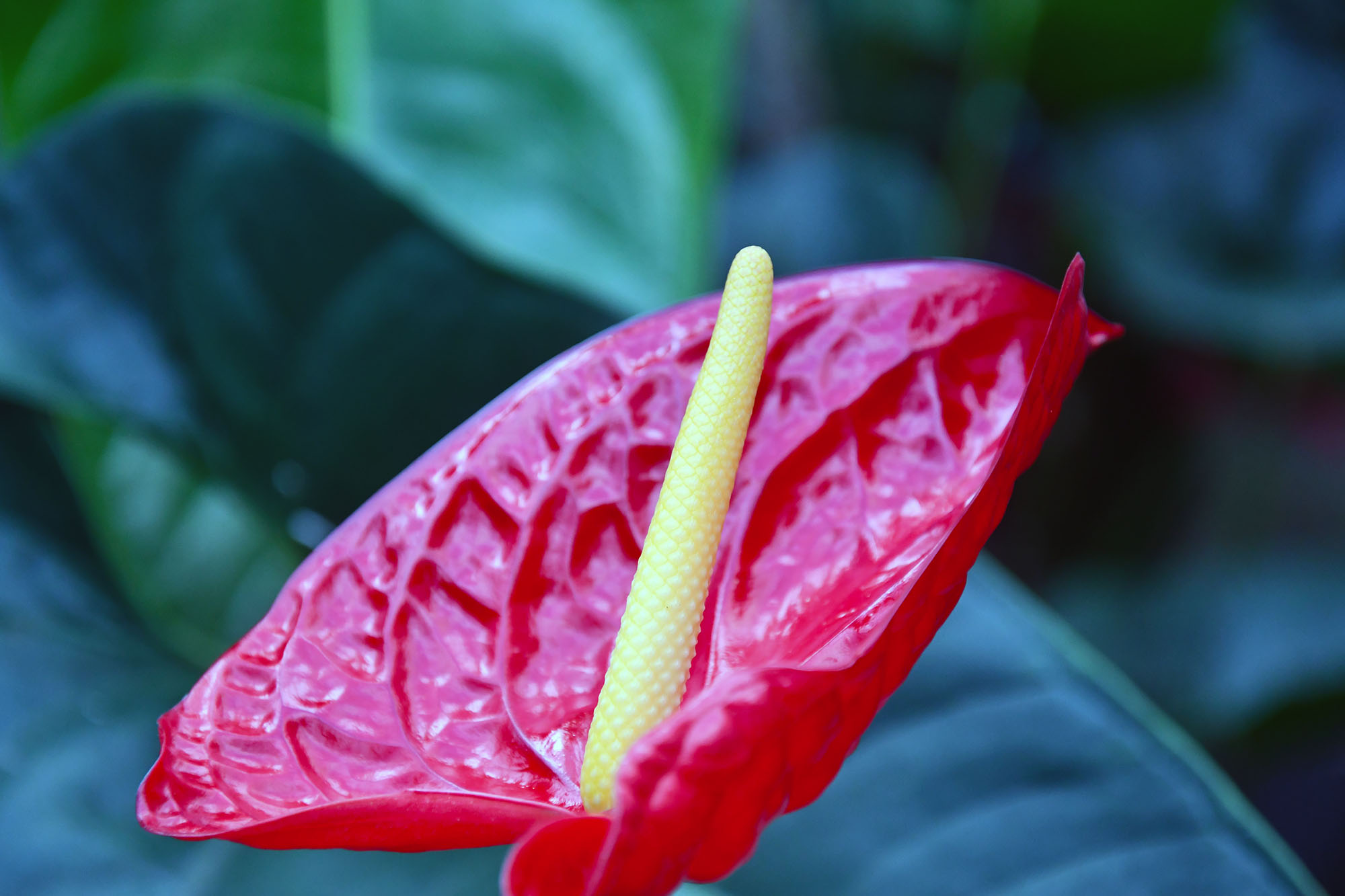

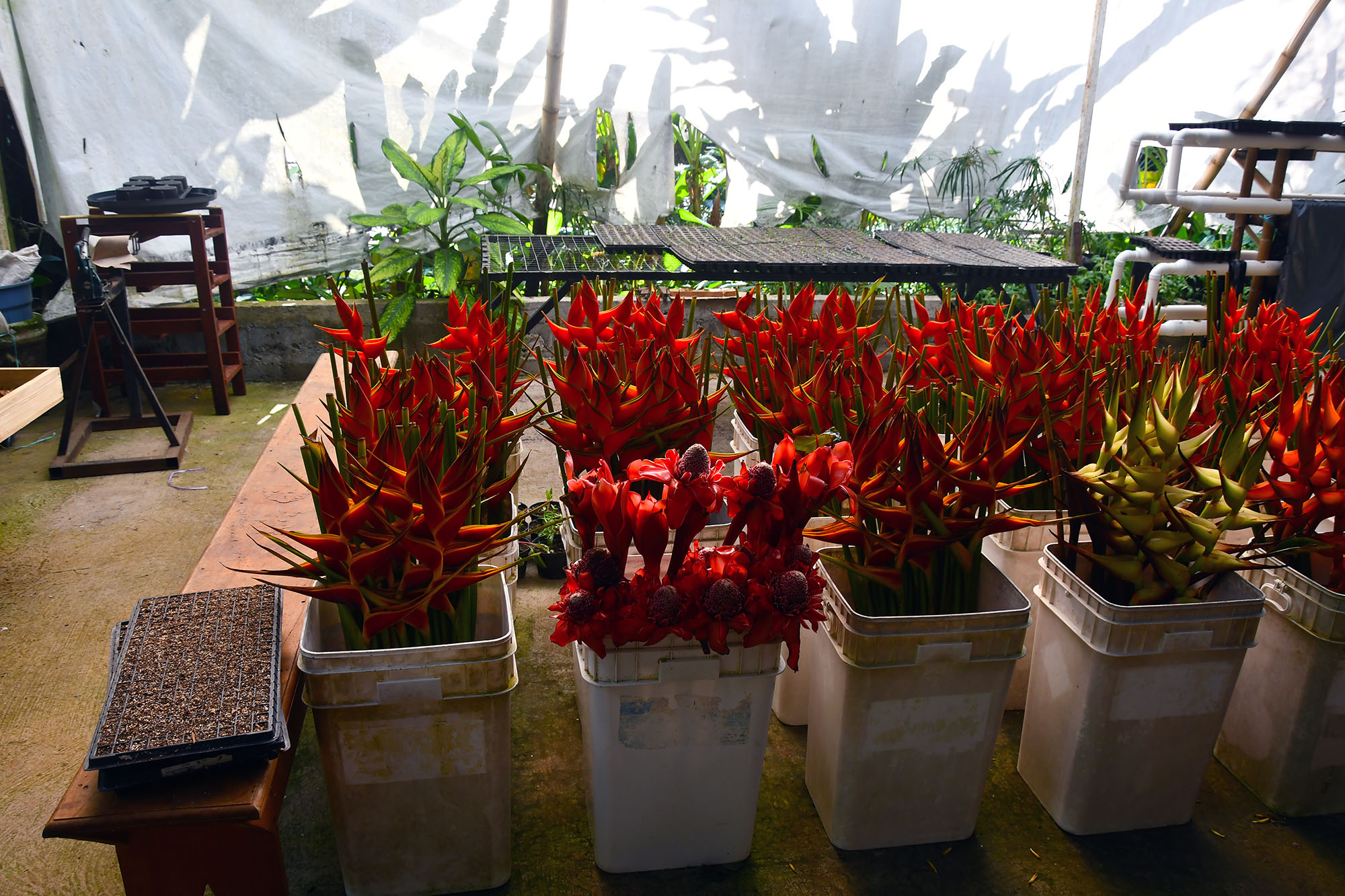
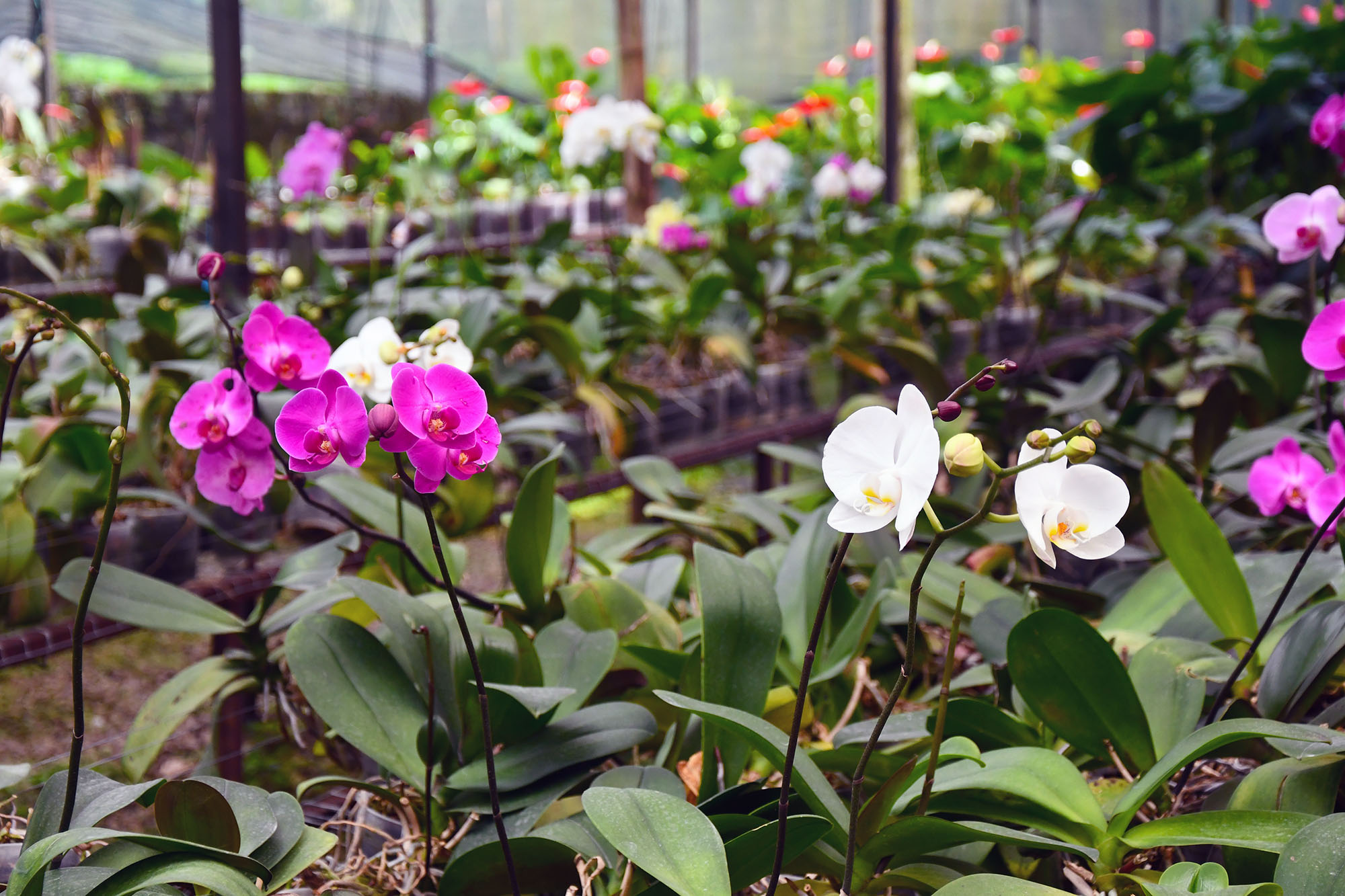
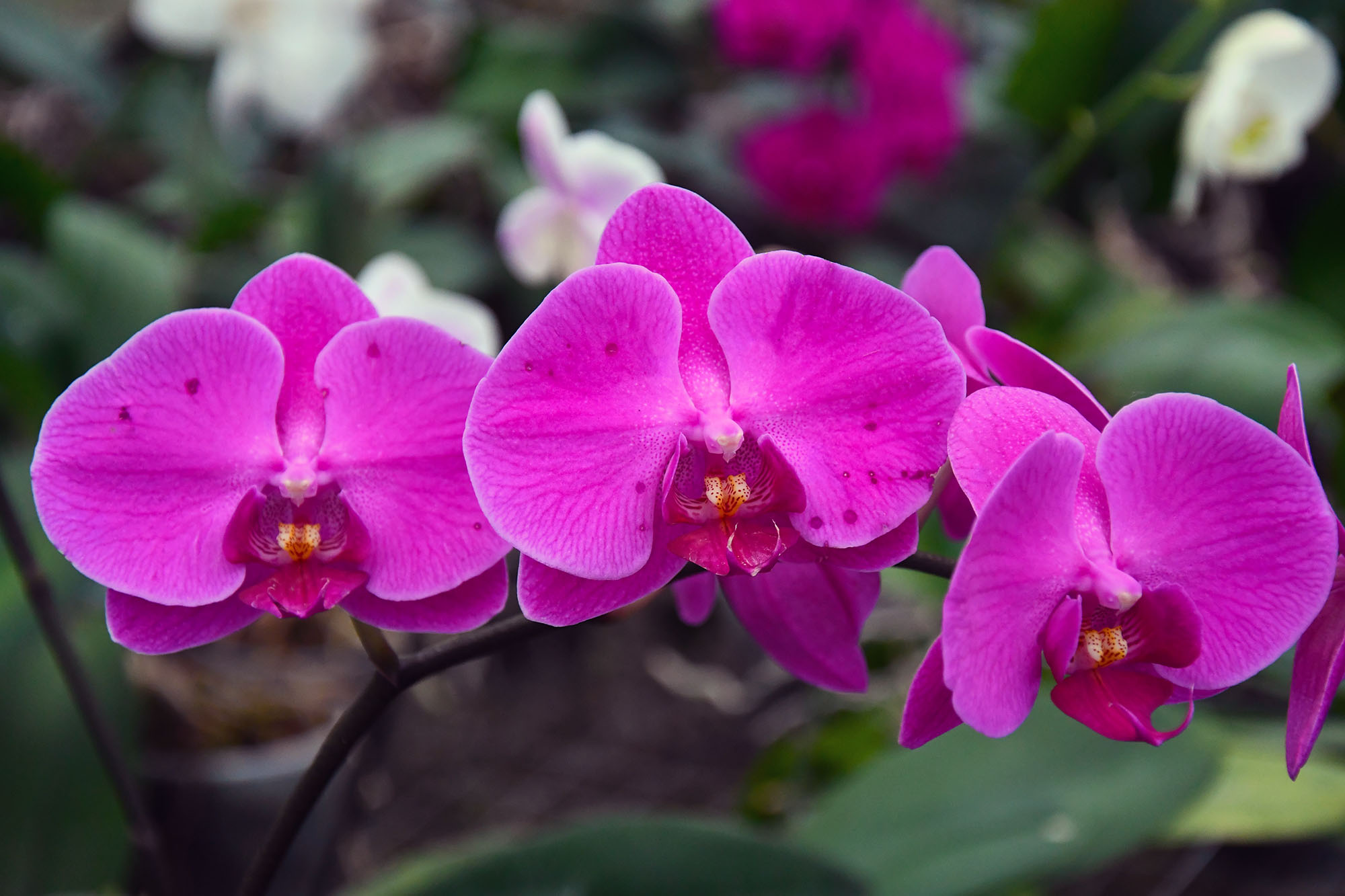
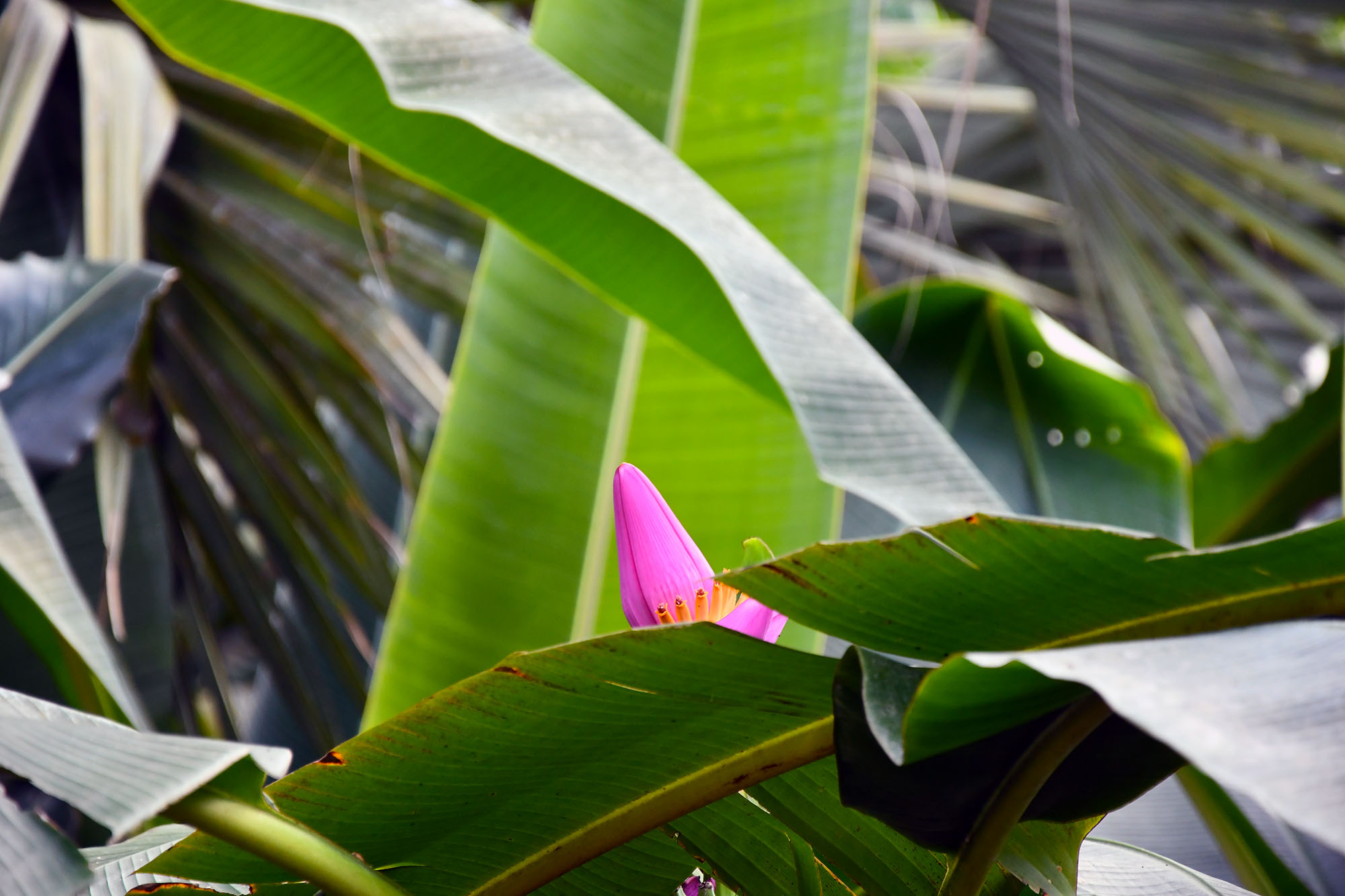
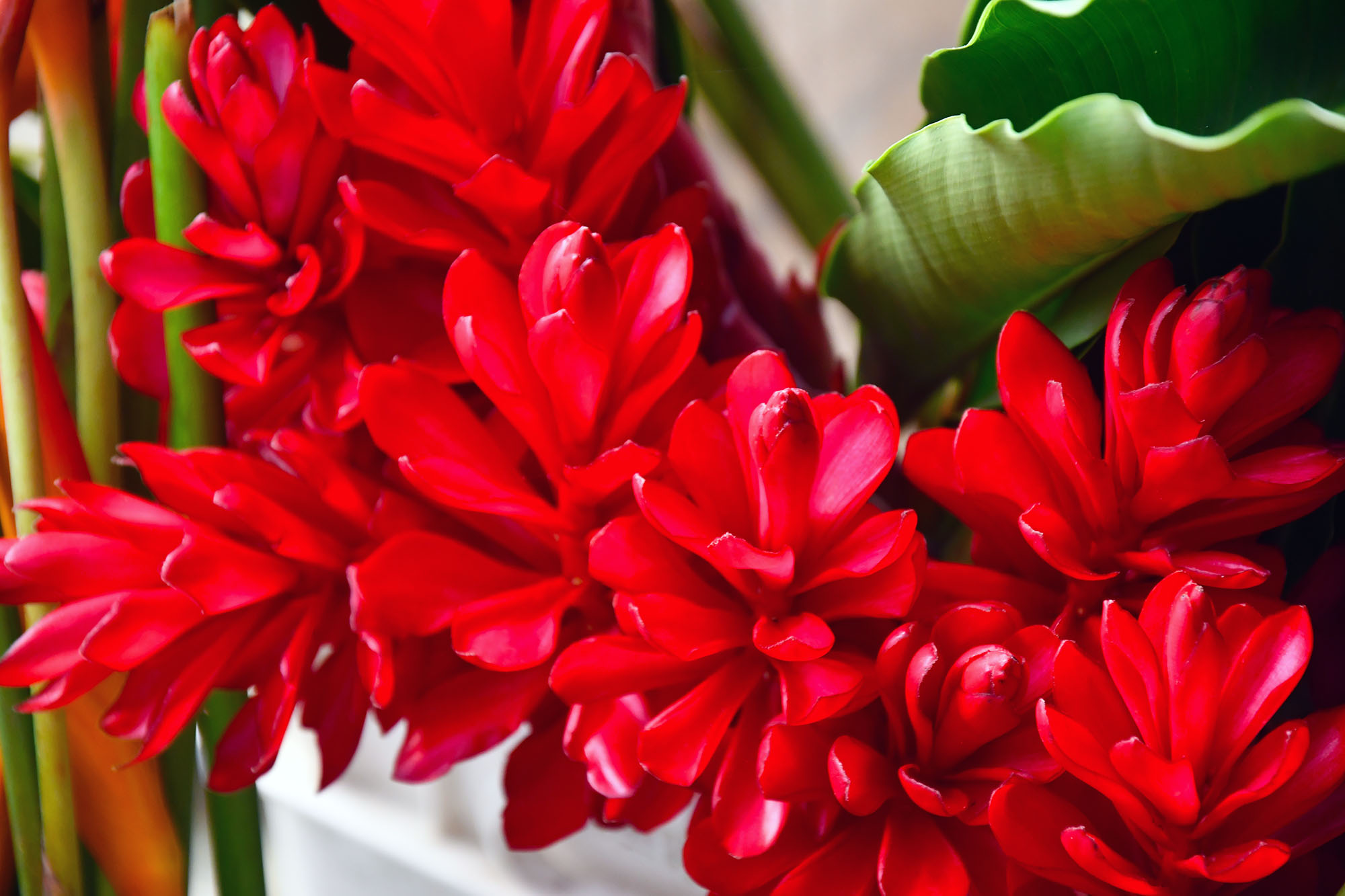

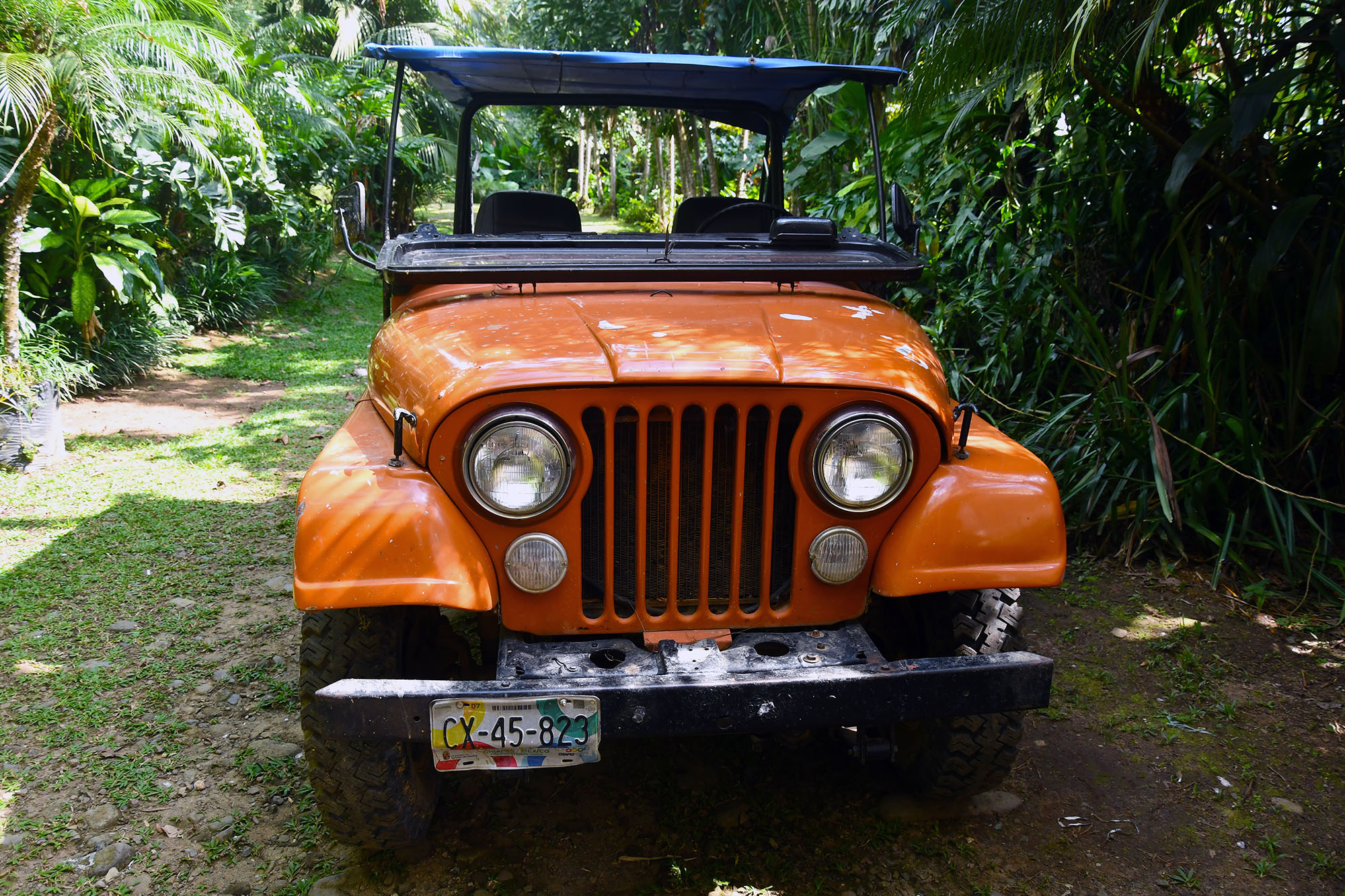
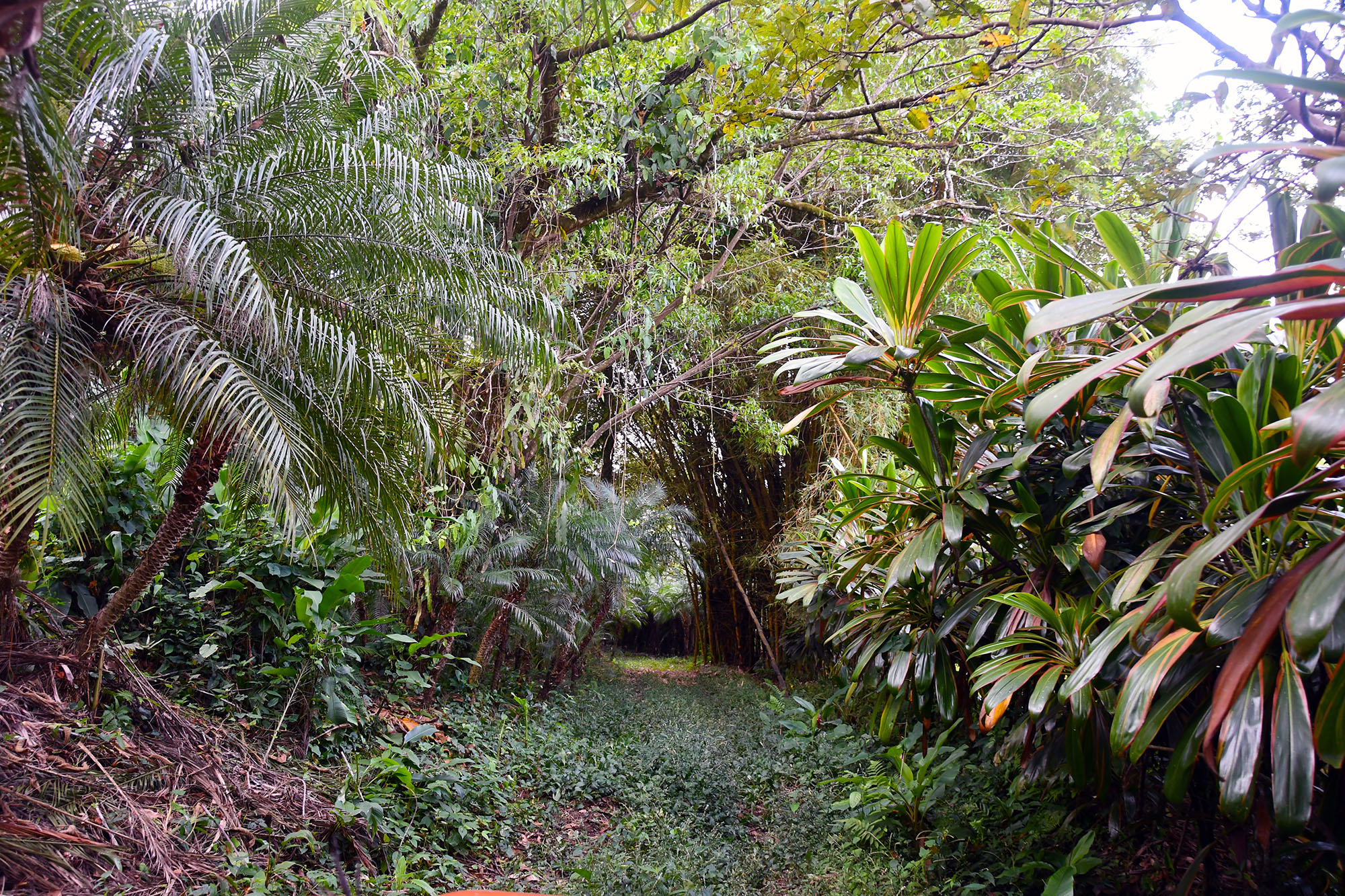
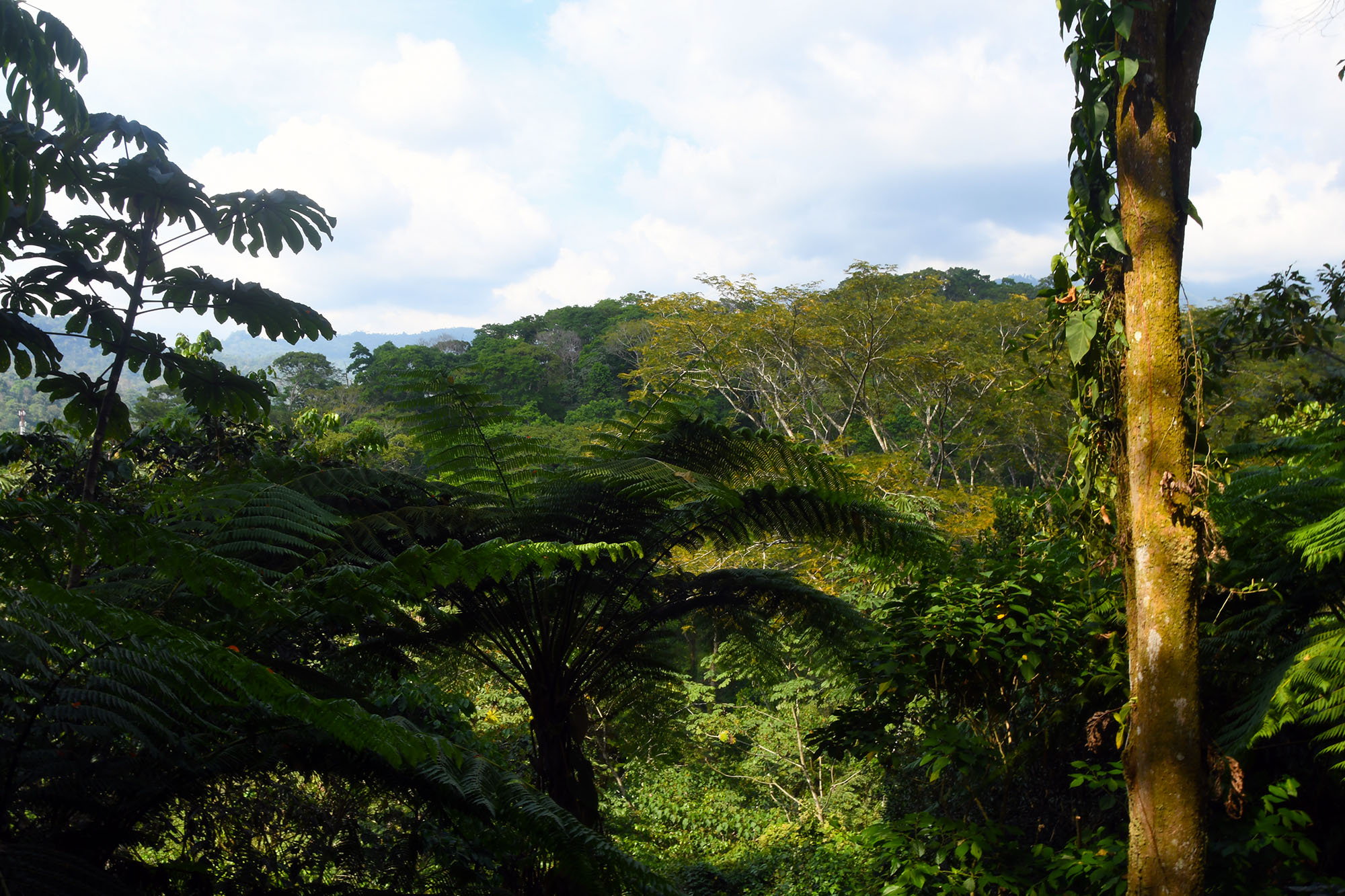
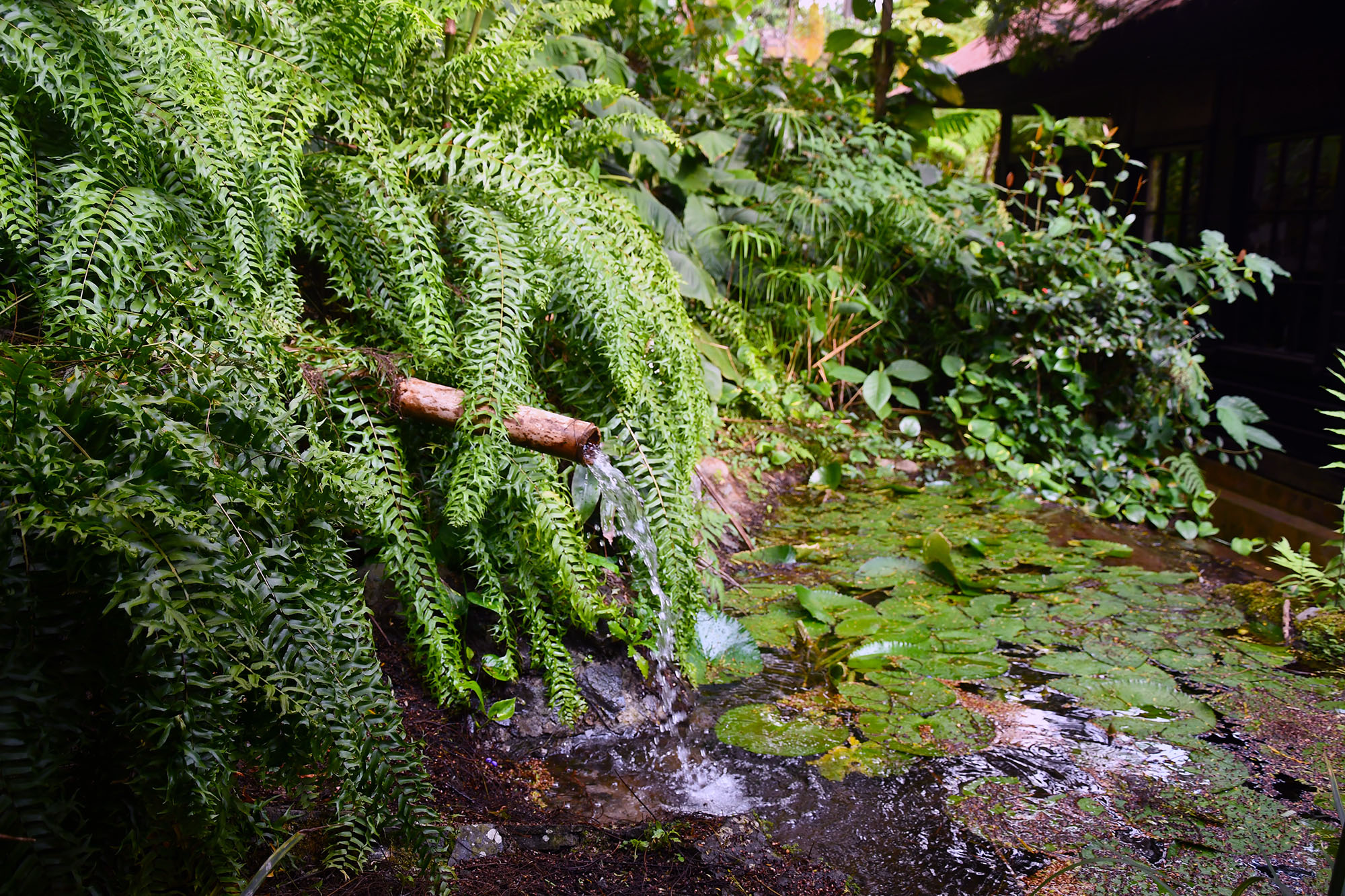
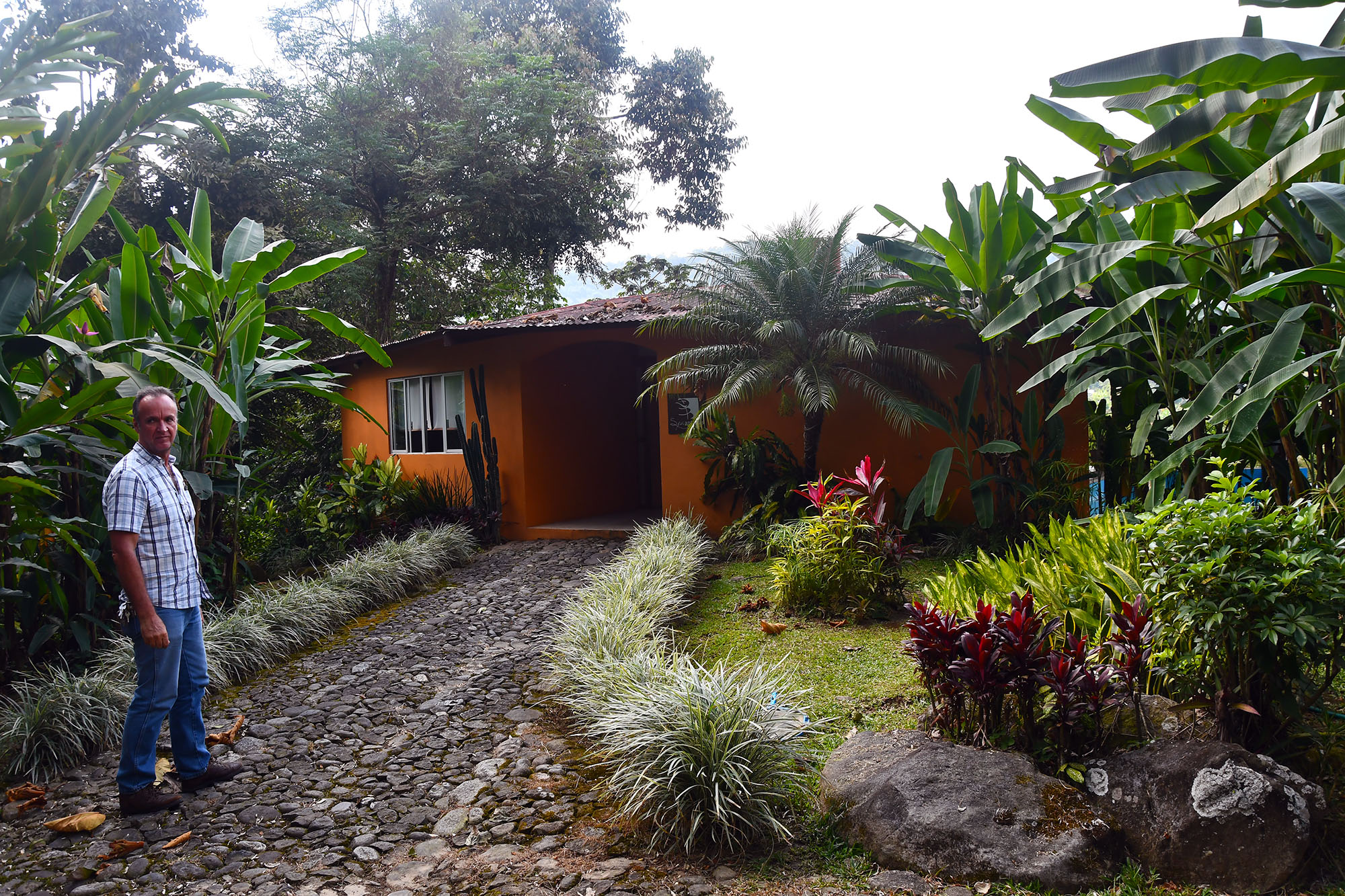
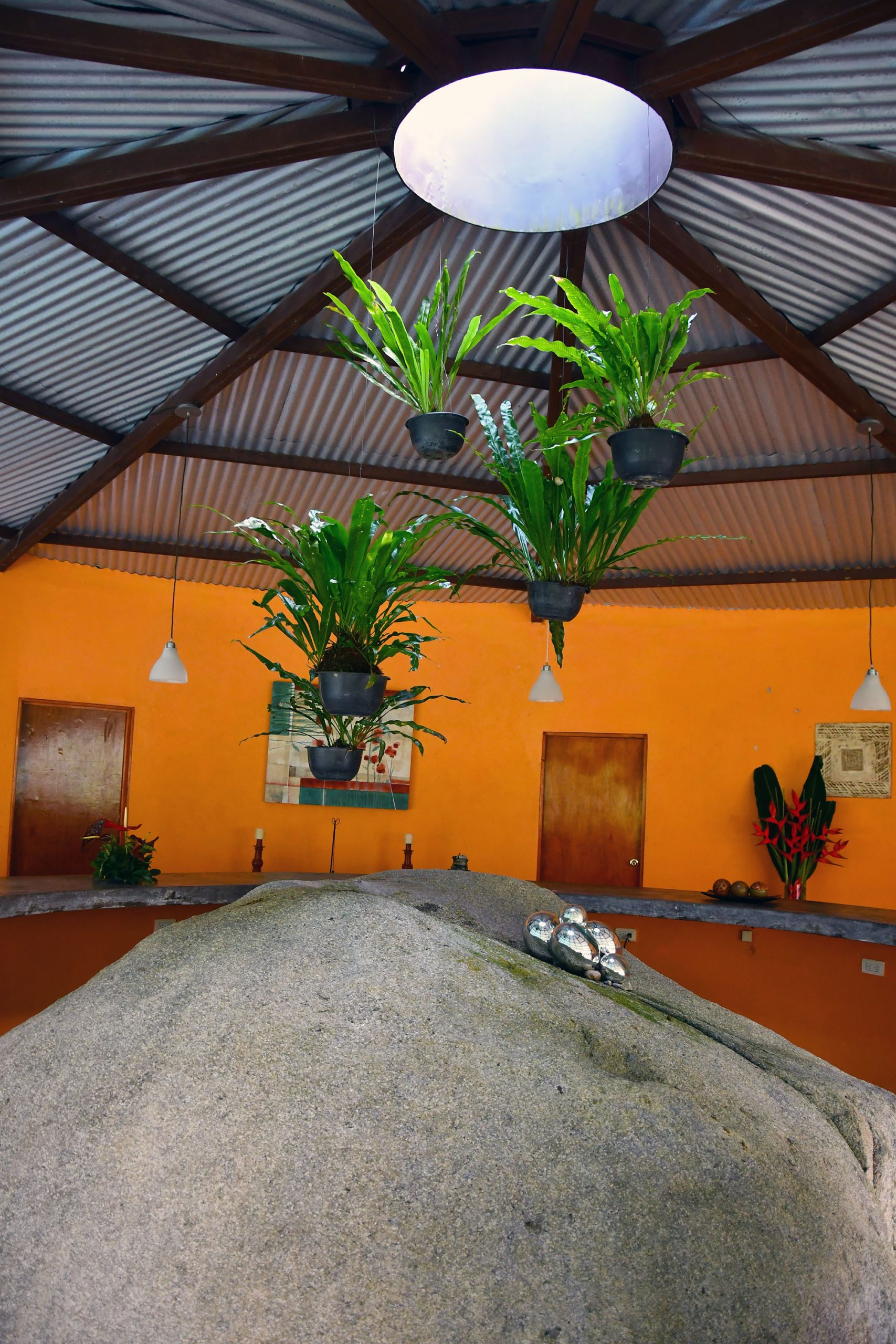
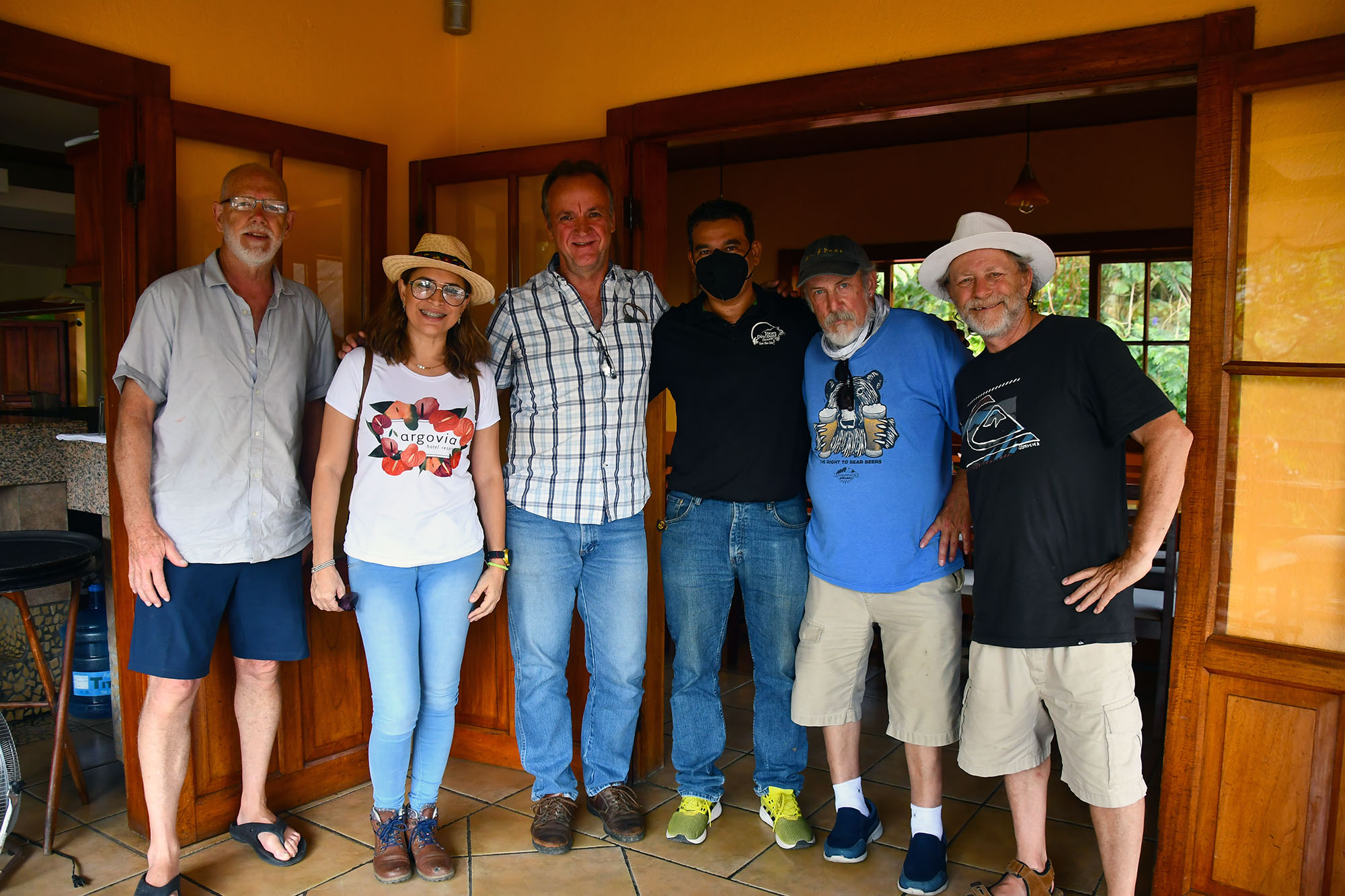
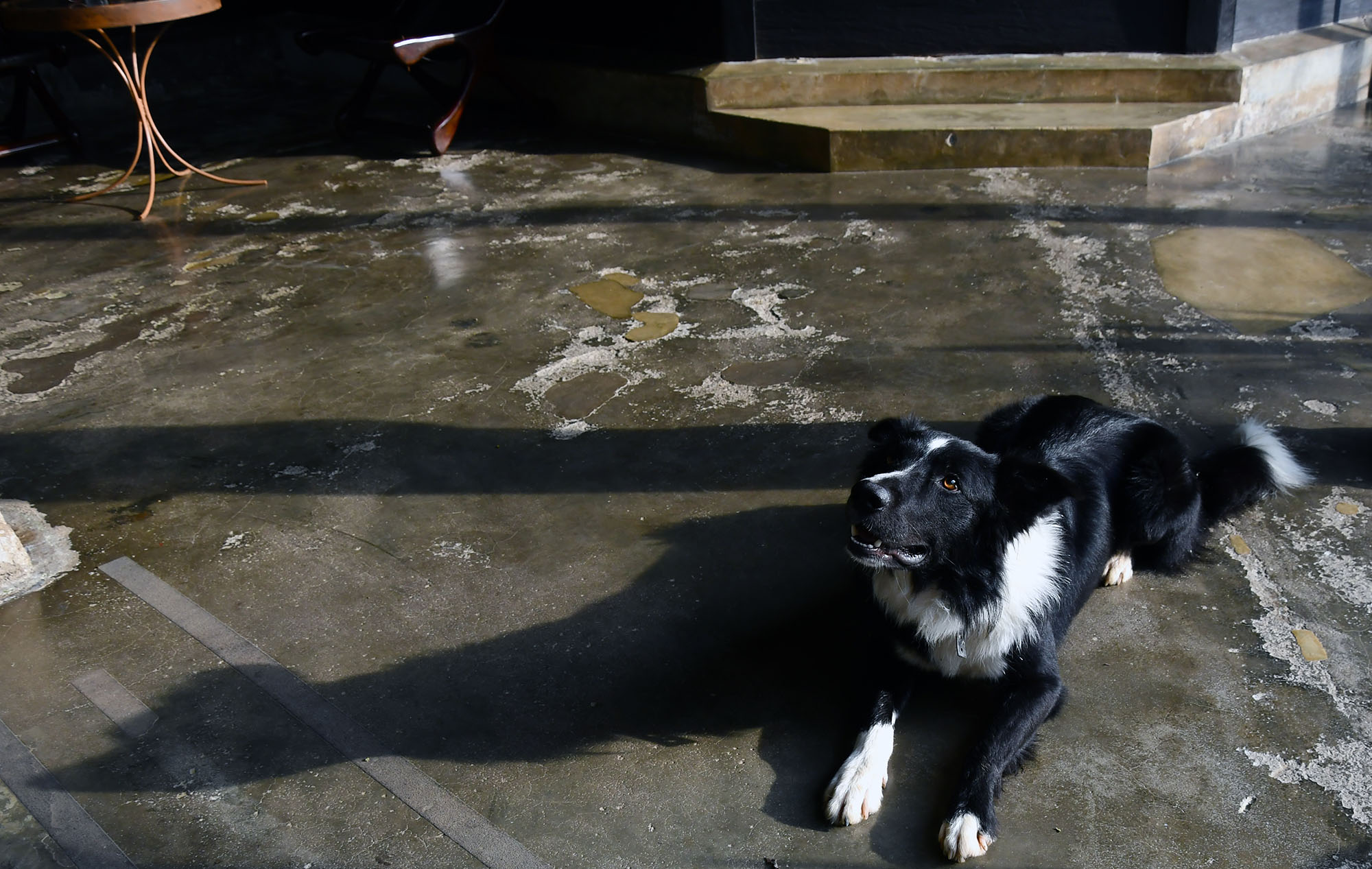
Finca Argovia S/N
Carretera a nueva Alemania KM 39+2
Tapachula Chiapas
Cellphone
(044 y 045) 962 2199375
Monday to Friday
8:00 am to 7:00 pm.
How to get Argovia?
To get to the Finca you have to take 8th Street north (reference: intersection with 17th Street west) located on the border of the city, which will take you north, right at the end will become Road to New Germany. 40 minutes of road without changing your way to find the 39km, you´ll find a signal that says “Argovia 5 minutes” turn your way to the right. You will continue by Finca Eduviges paved road better known as New Germany and only 5 minutes more you’ll be in Argovia. We guarantee that any vehicle from compact to mini sedans can access our Finca with no trouble.
1 Comment
Add comment Cancel reply
You must be logged in to post a comment.

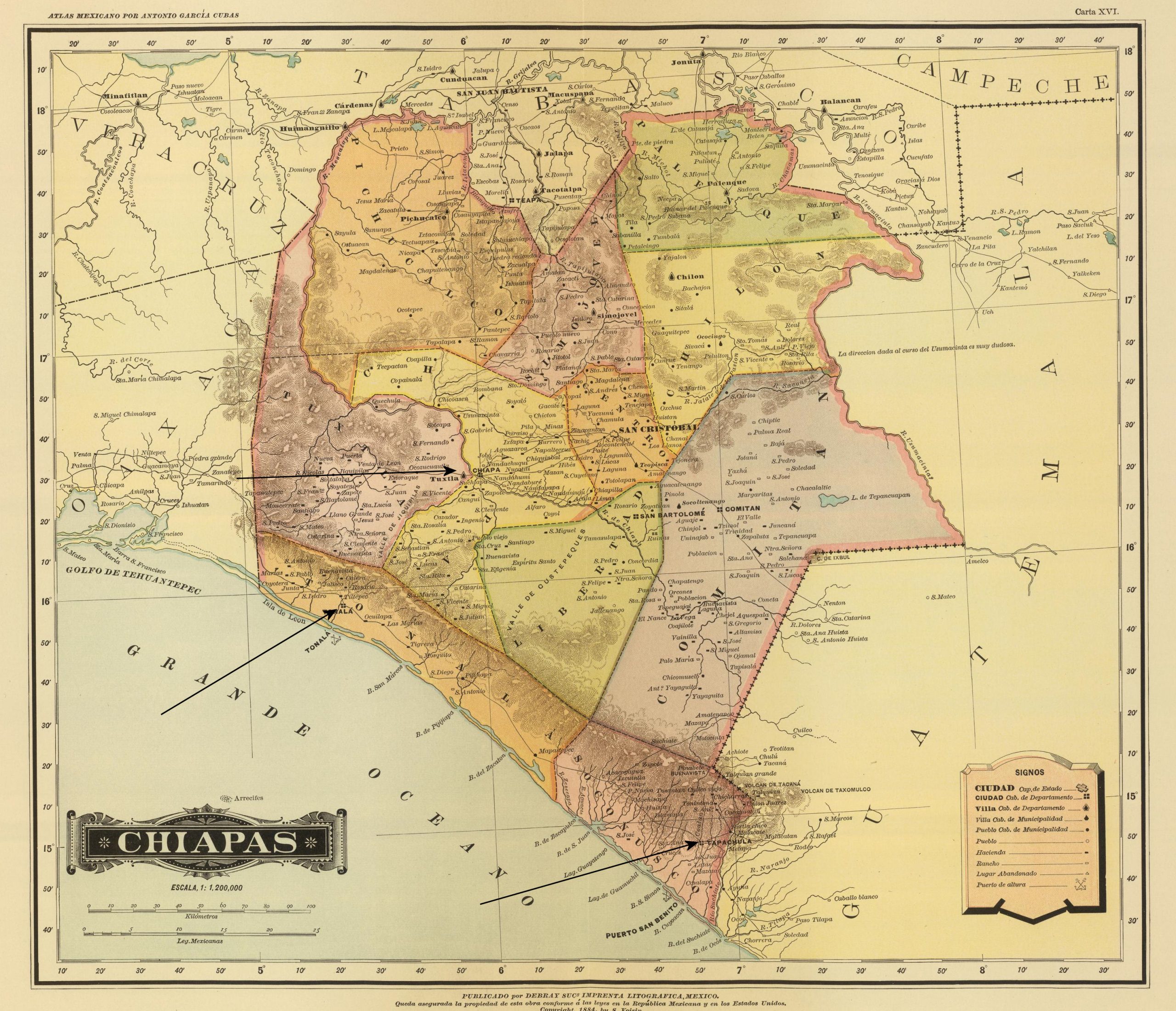
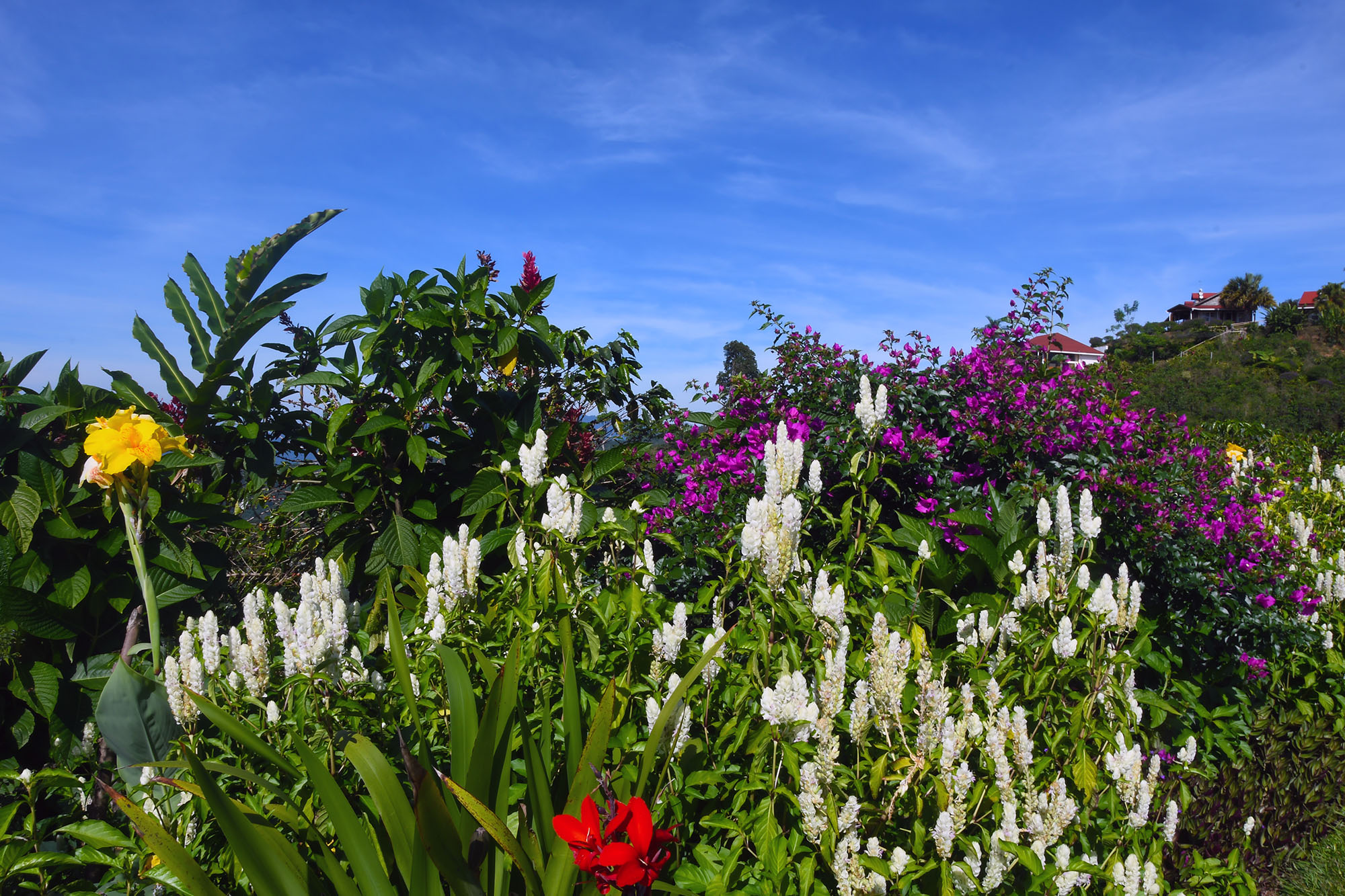
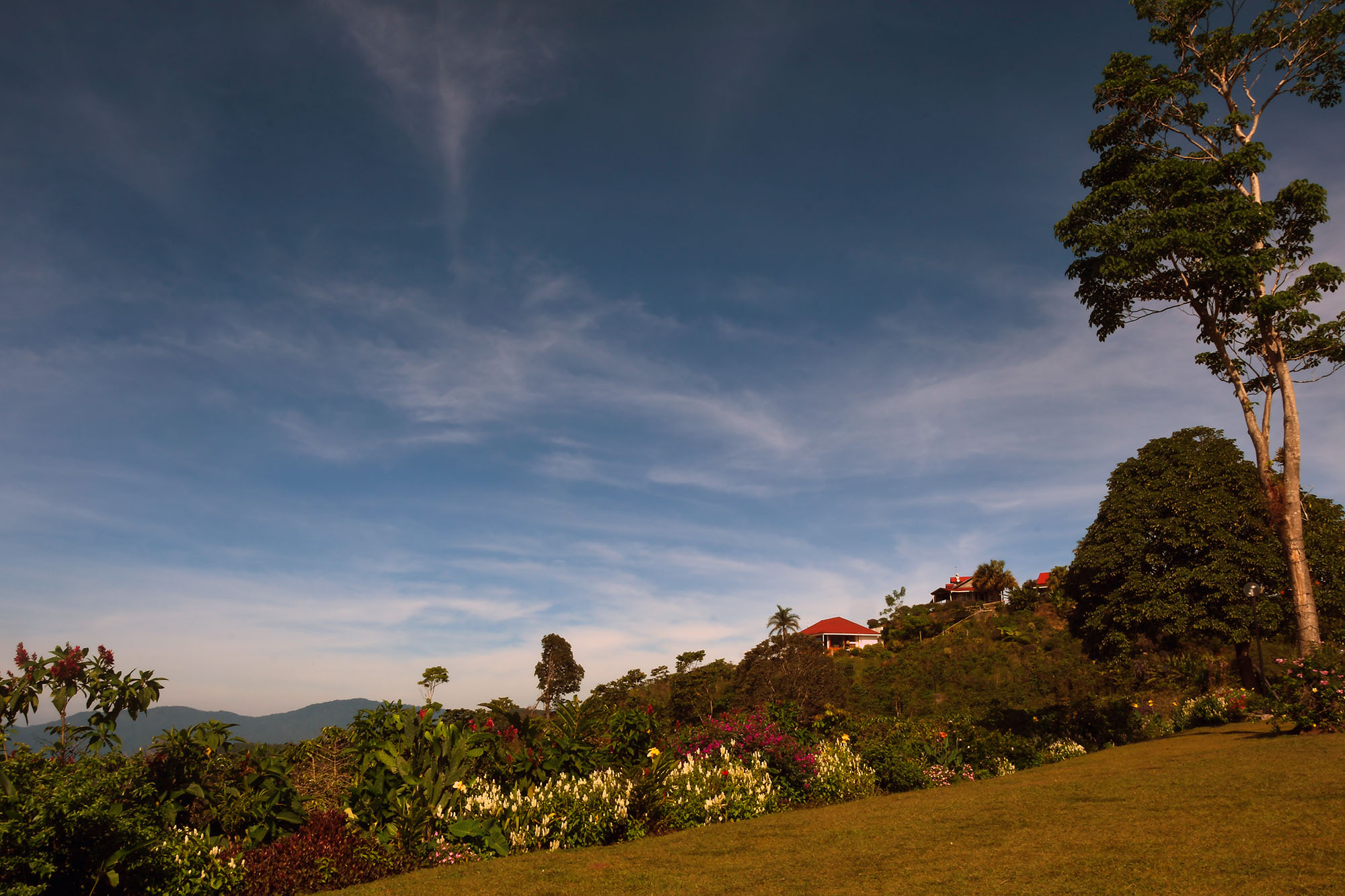
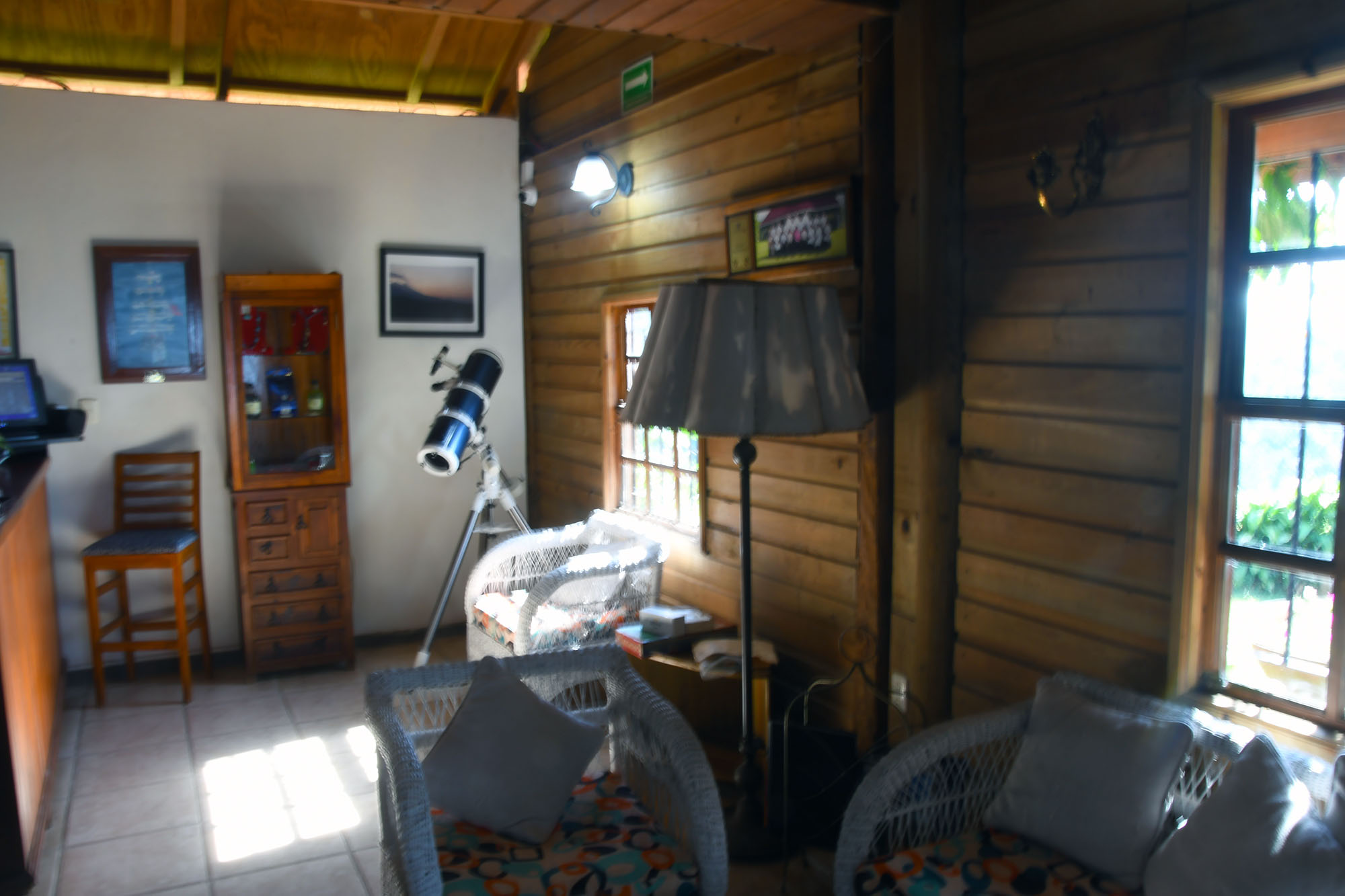

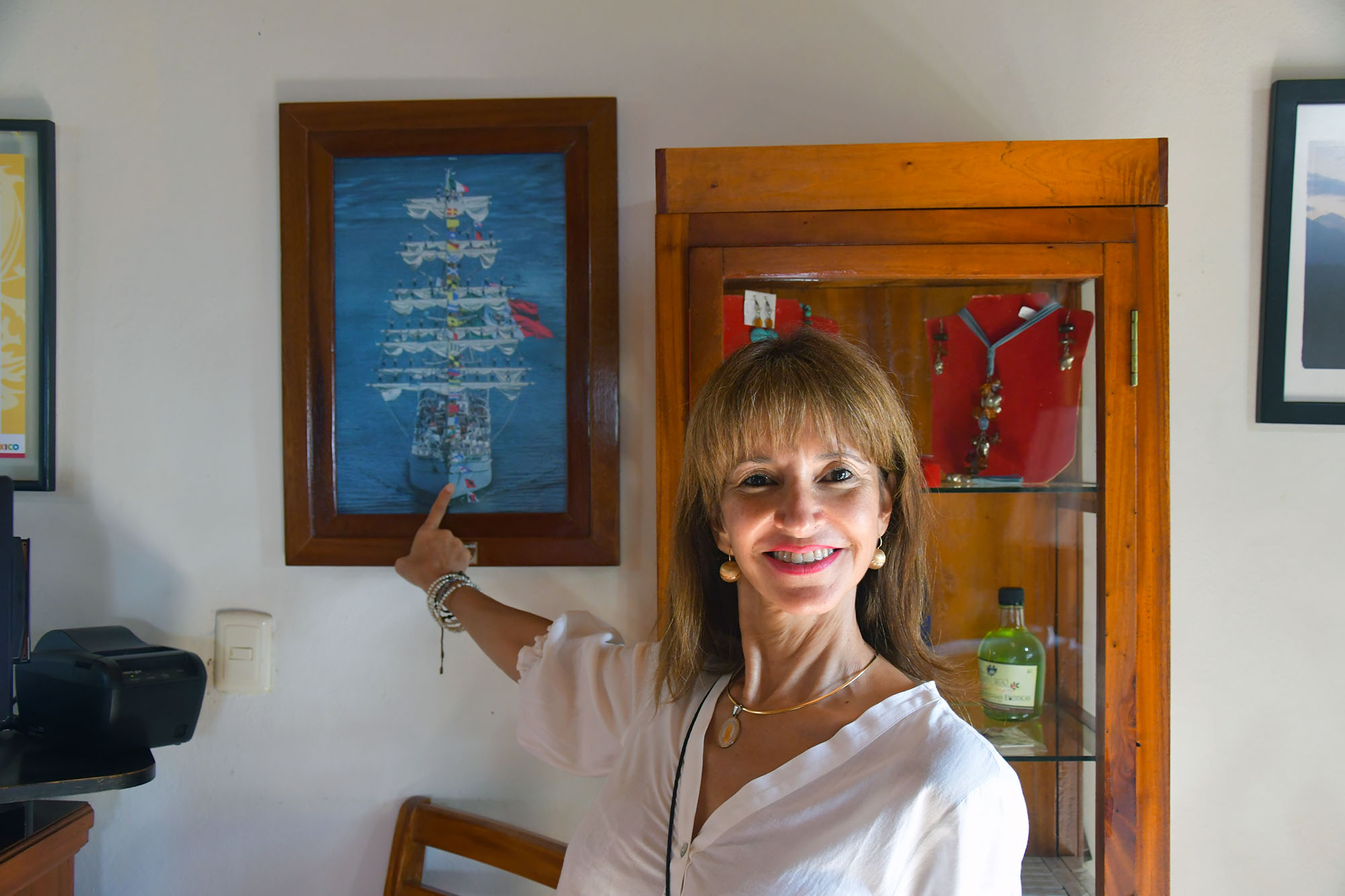
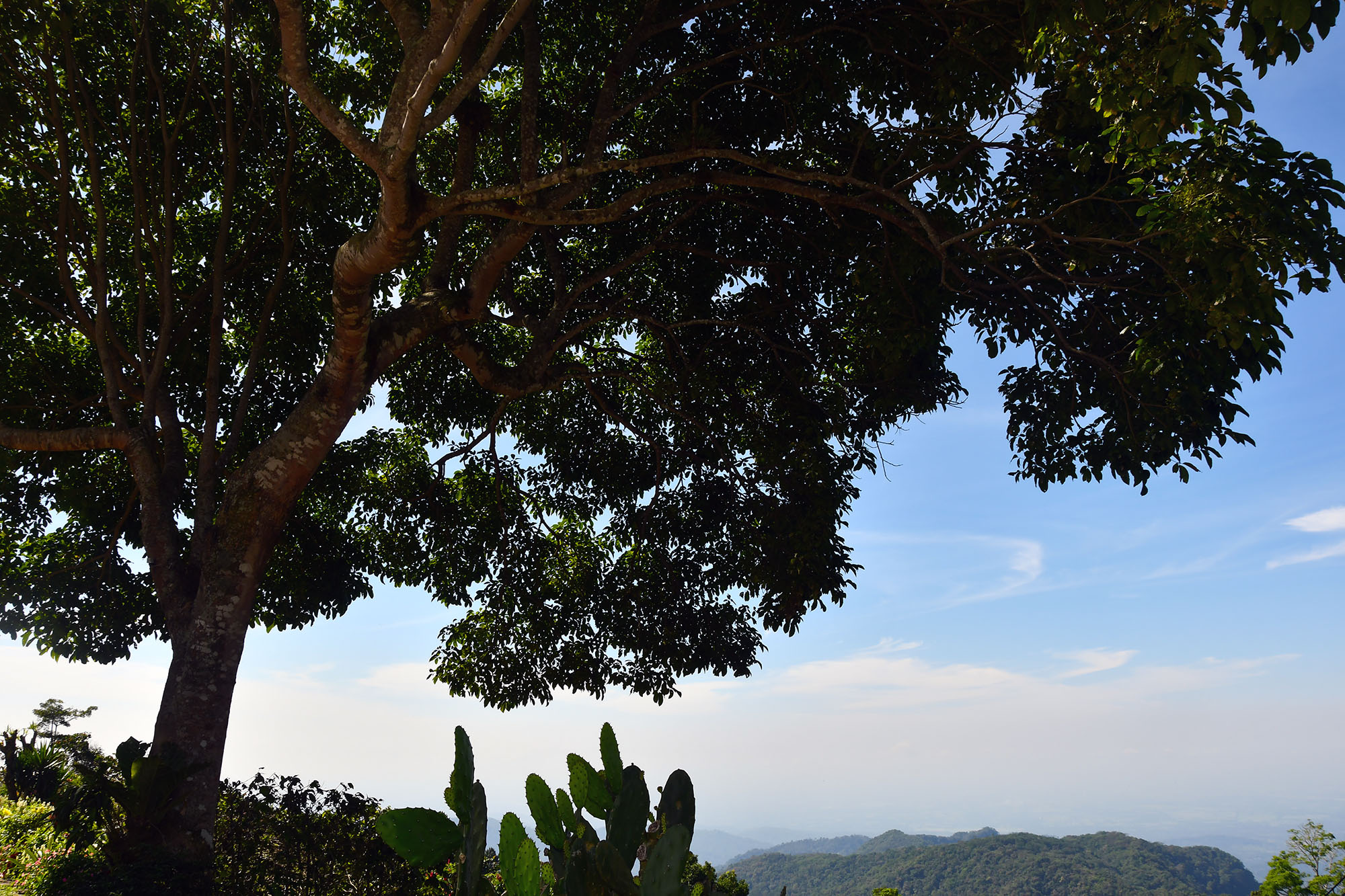
[…] Finca Argovia Ruta del Cafe […]